courses
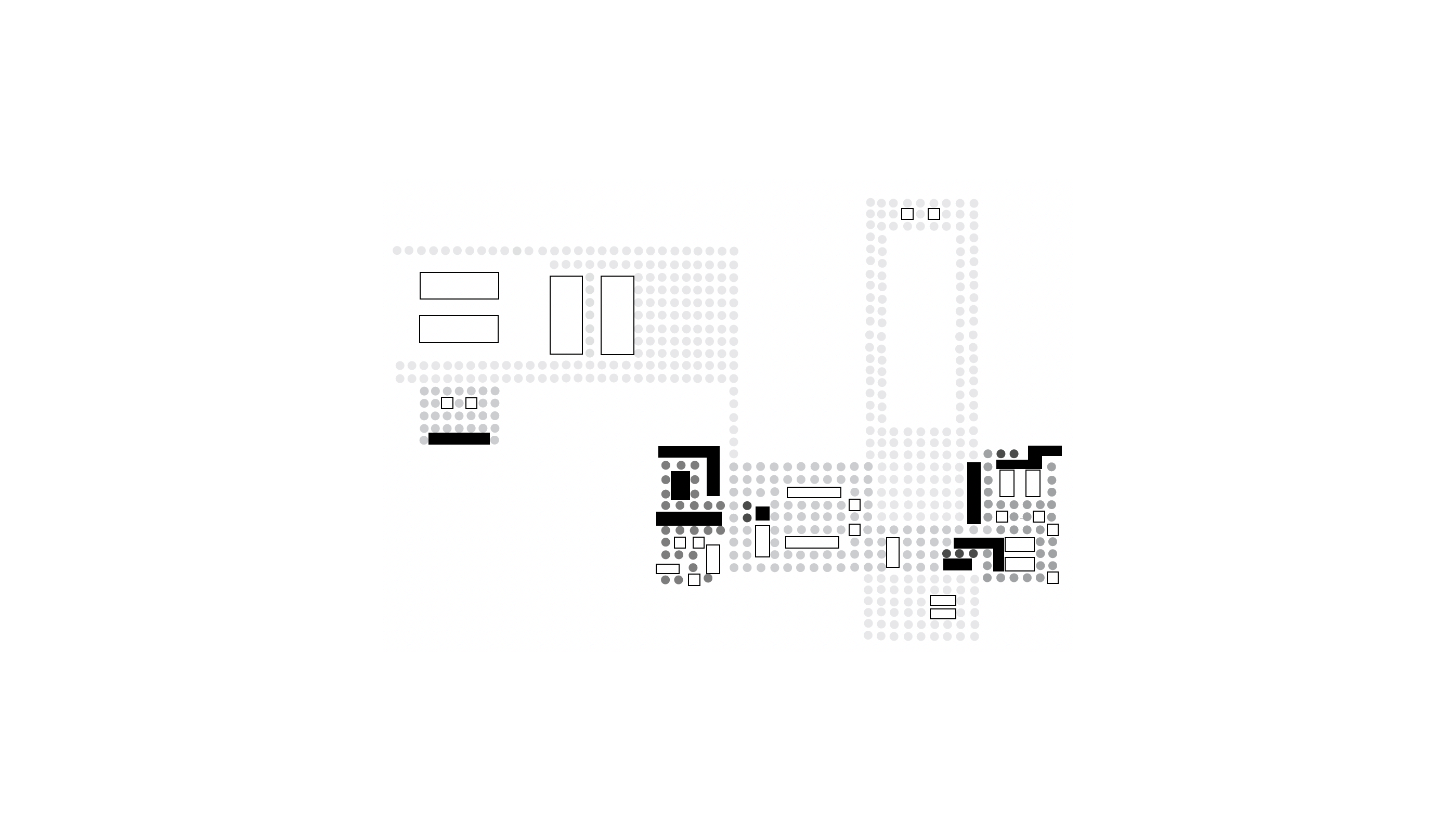



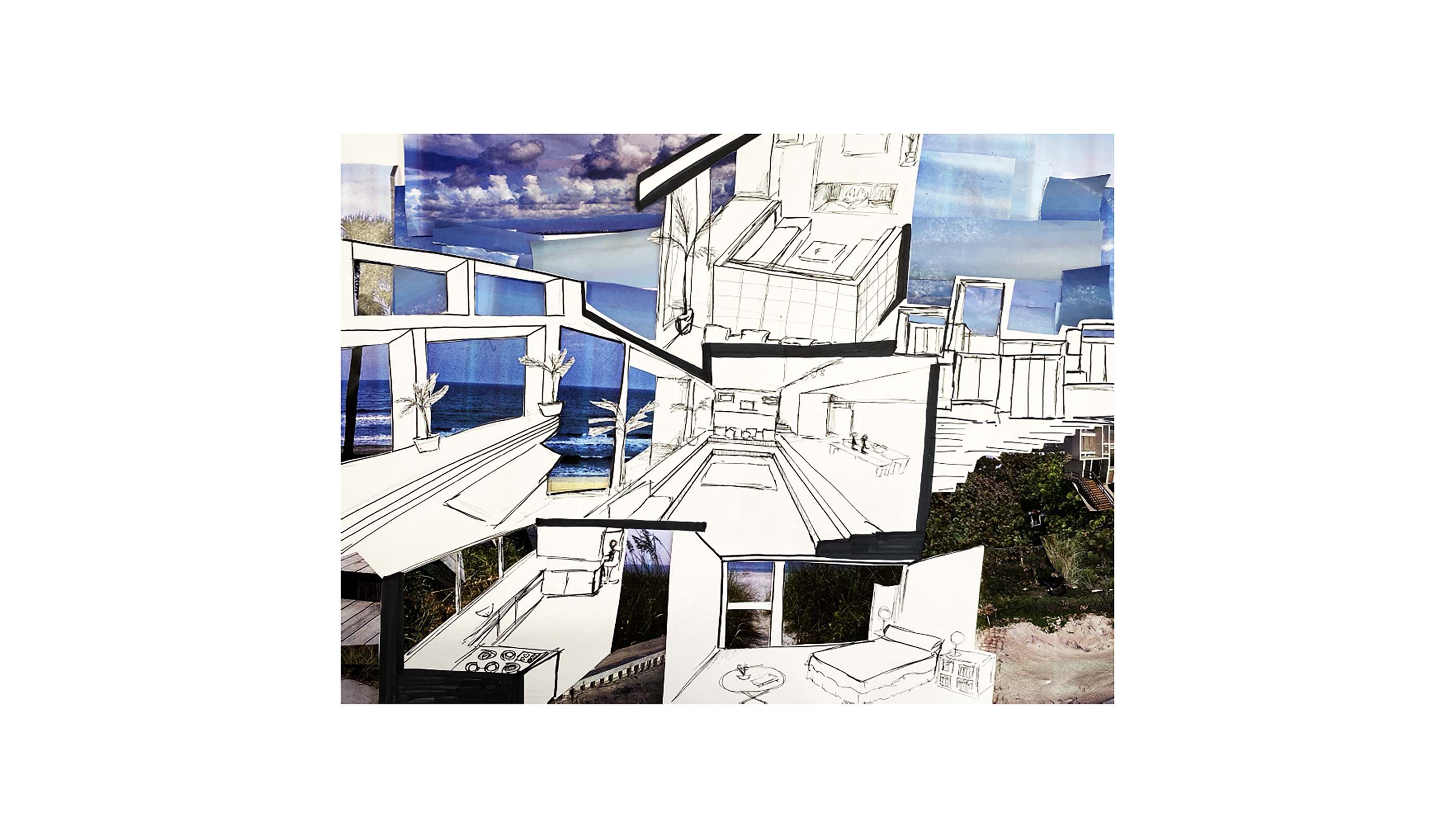



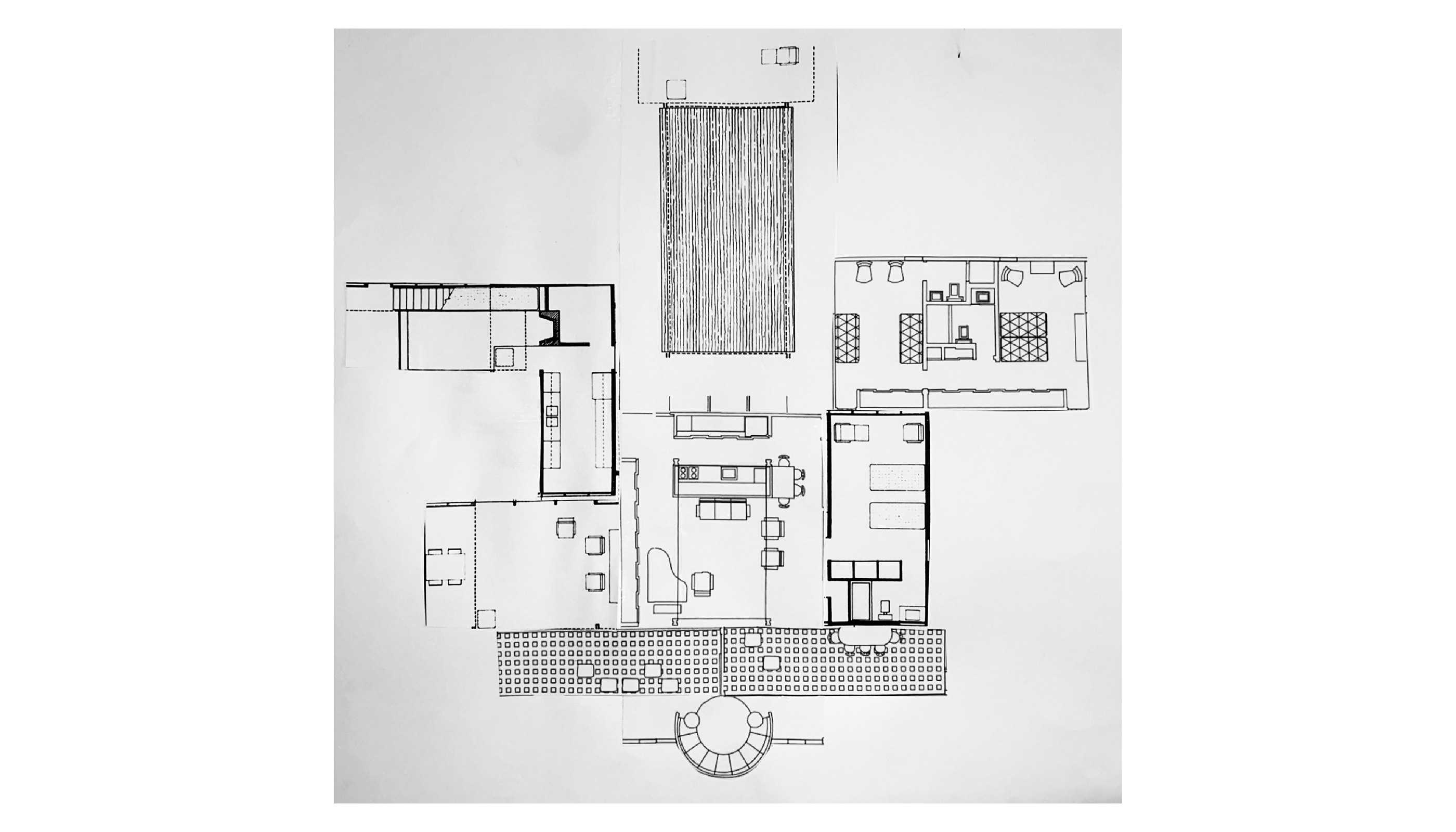
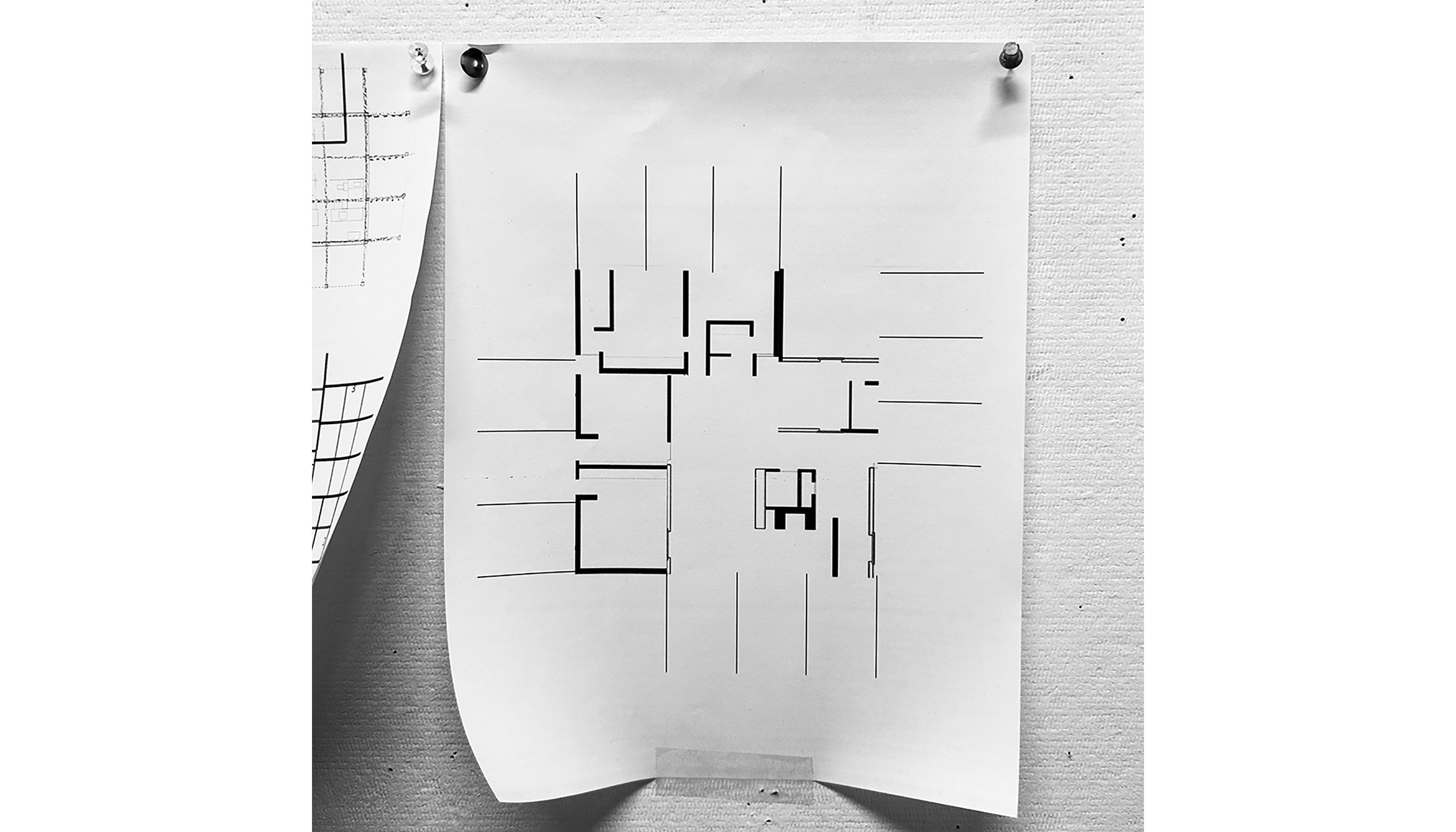


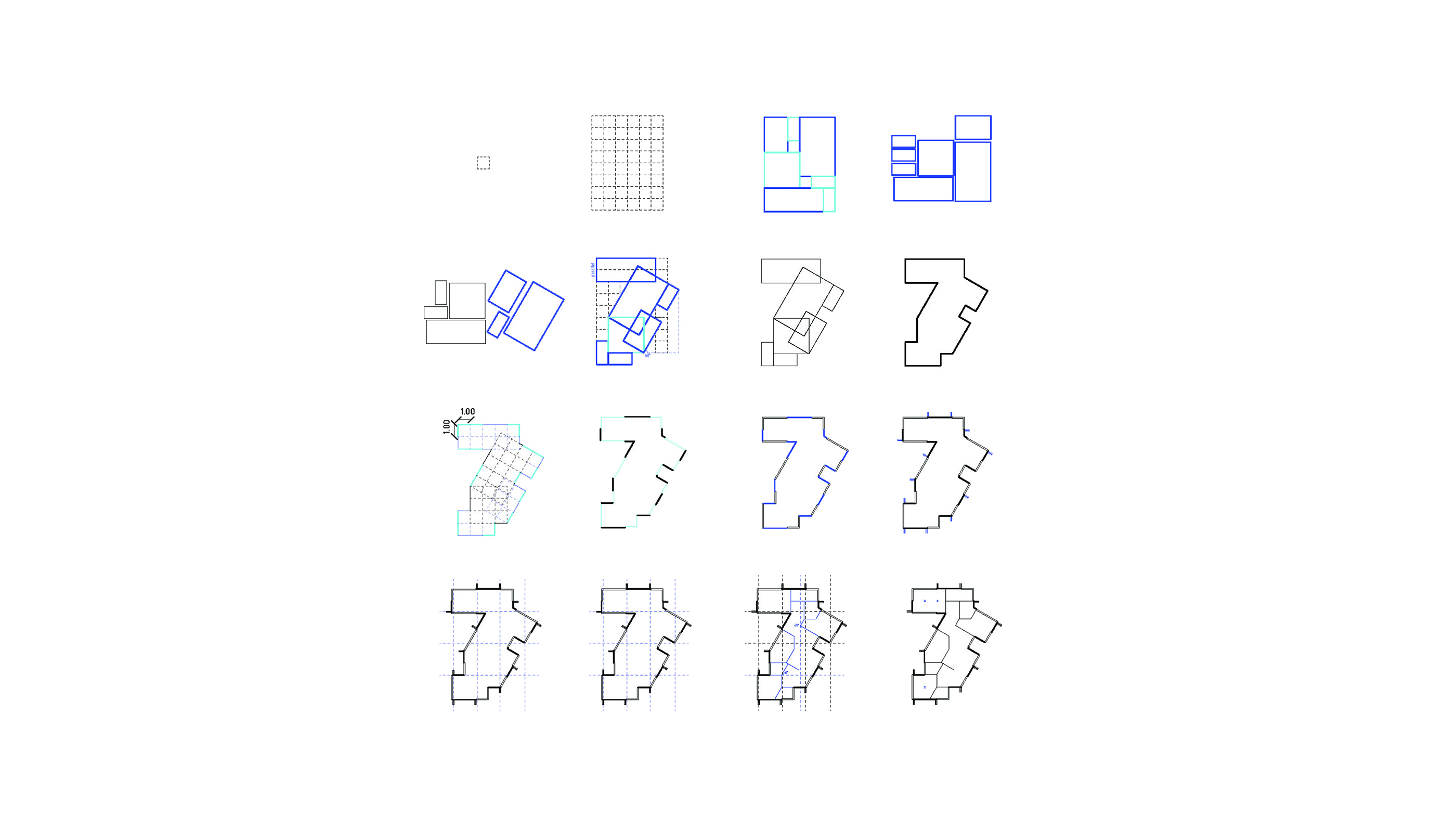
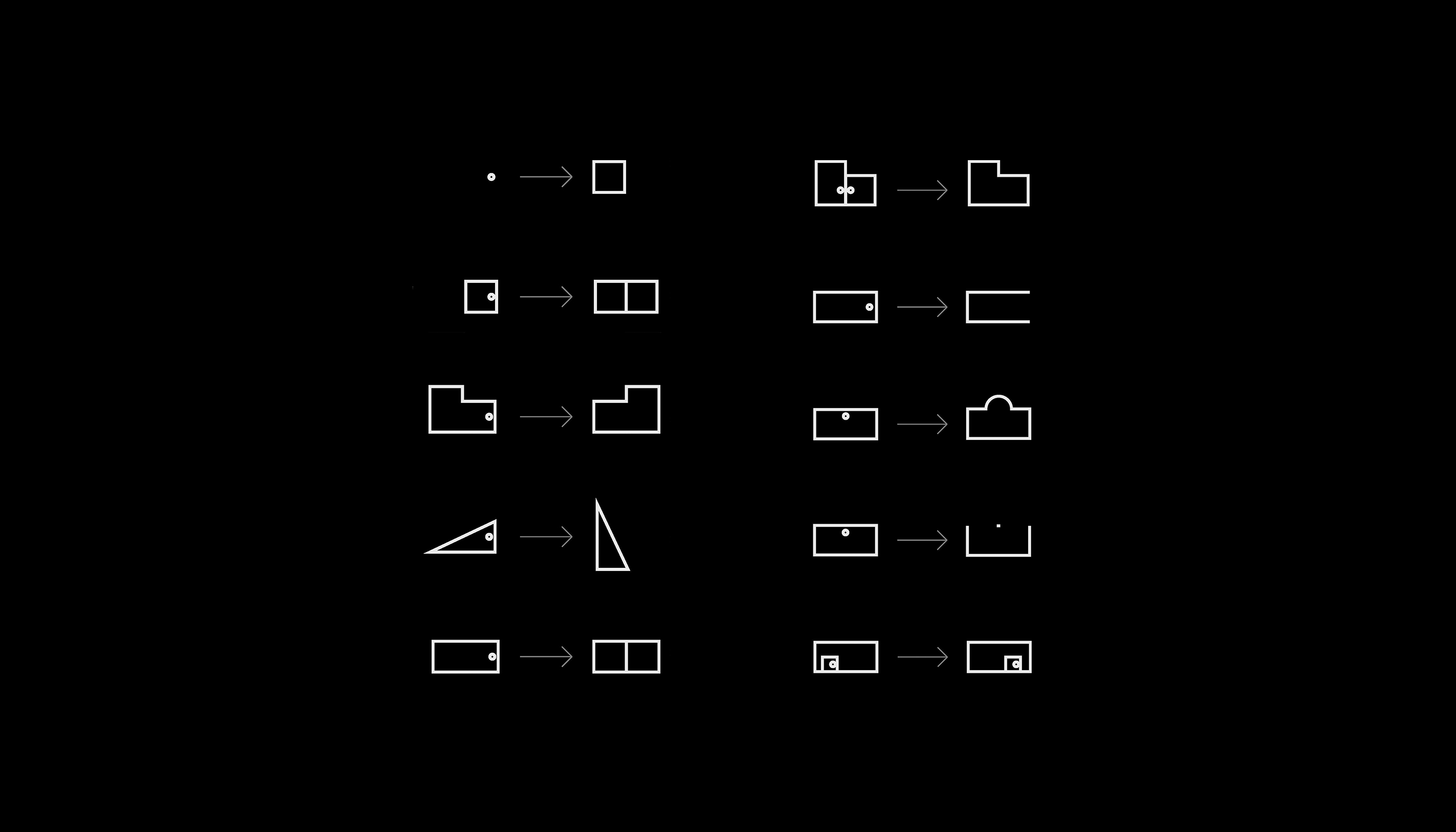

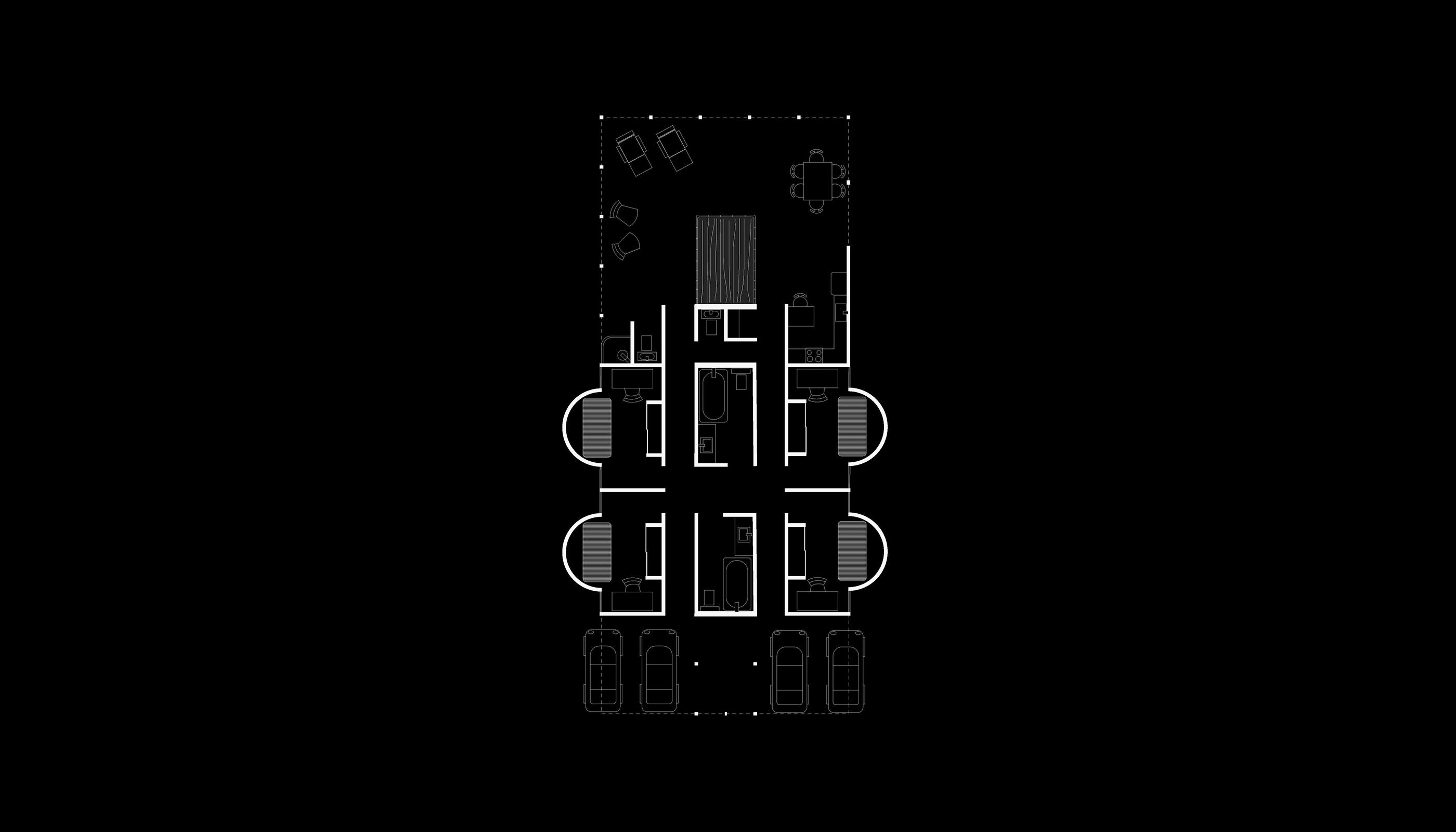

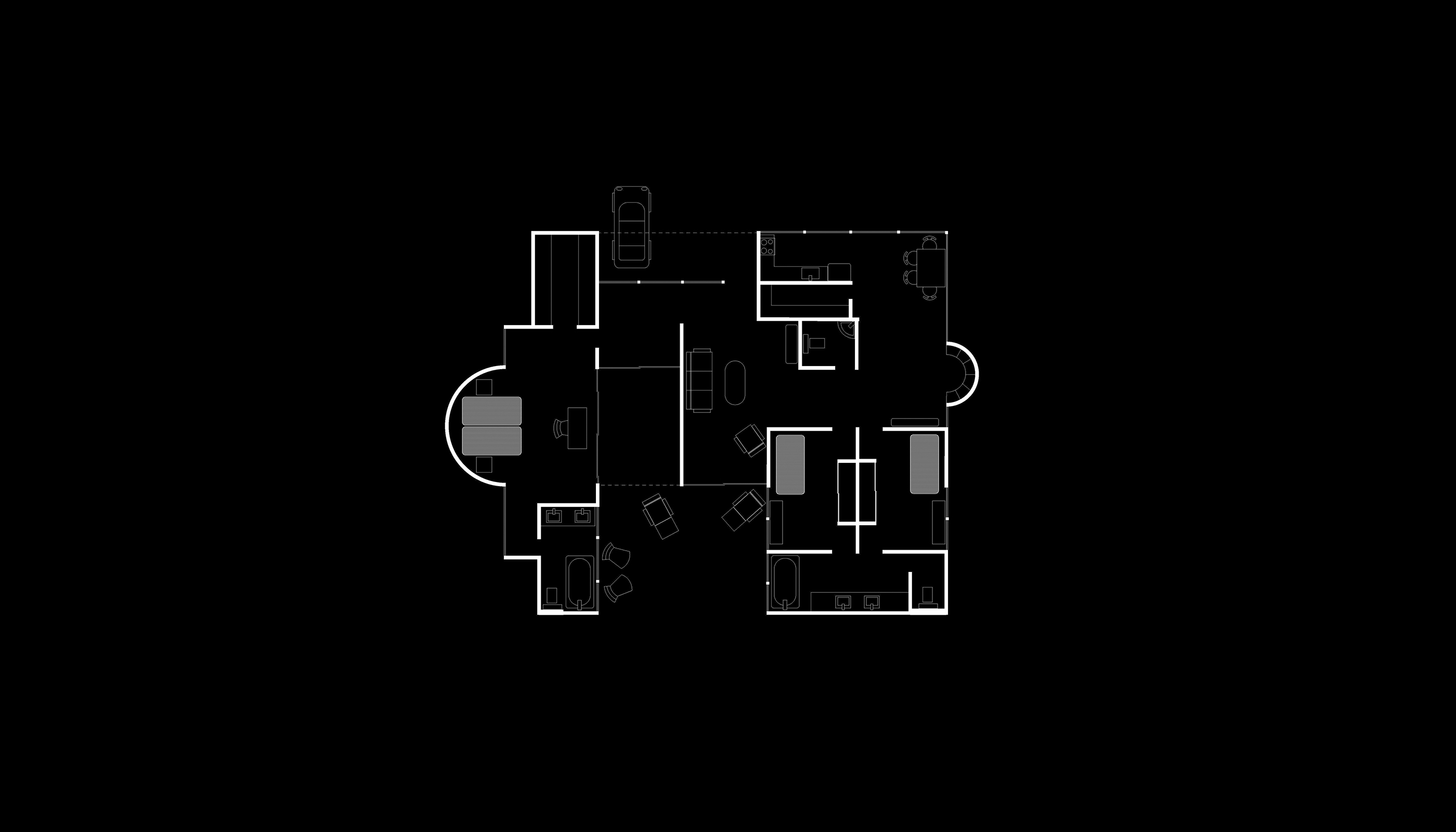
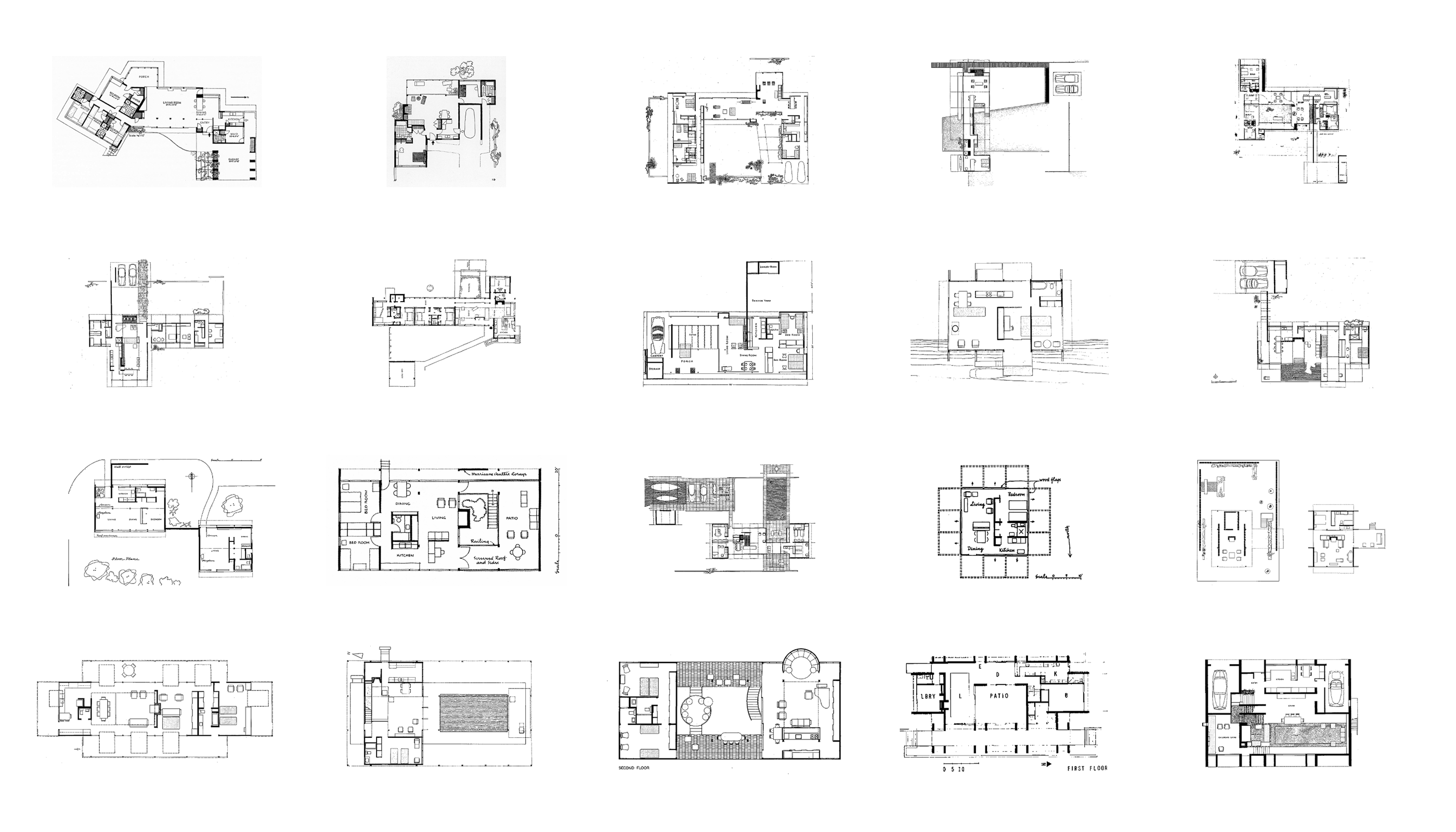
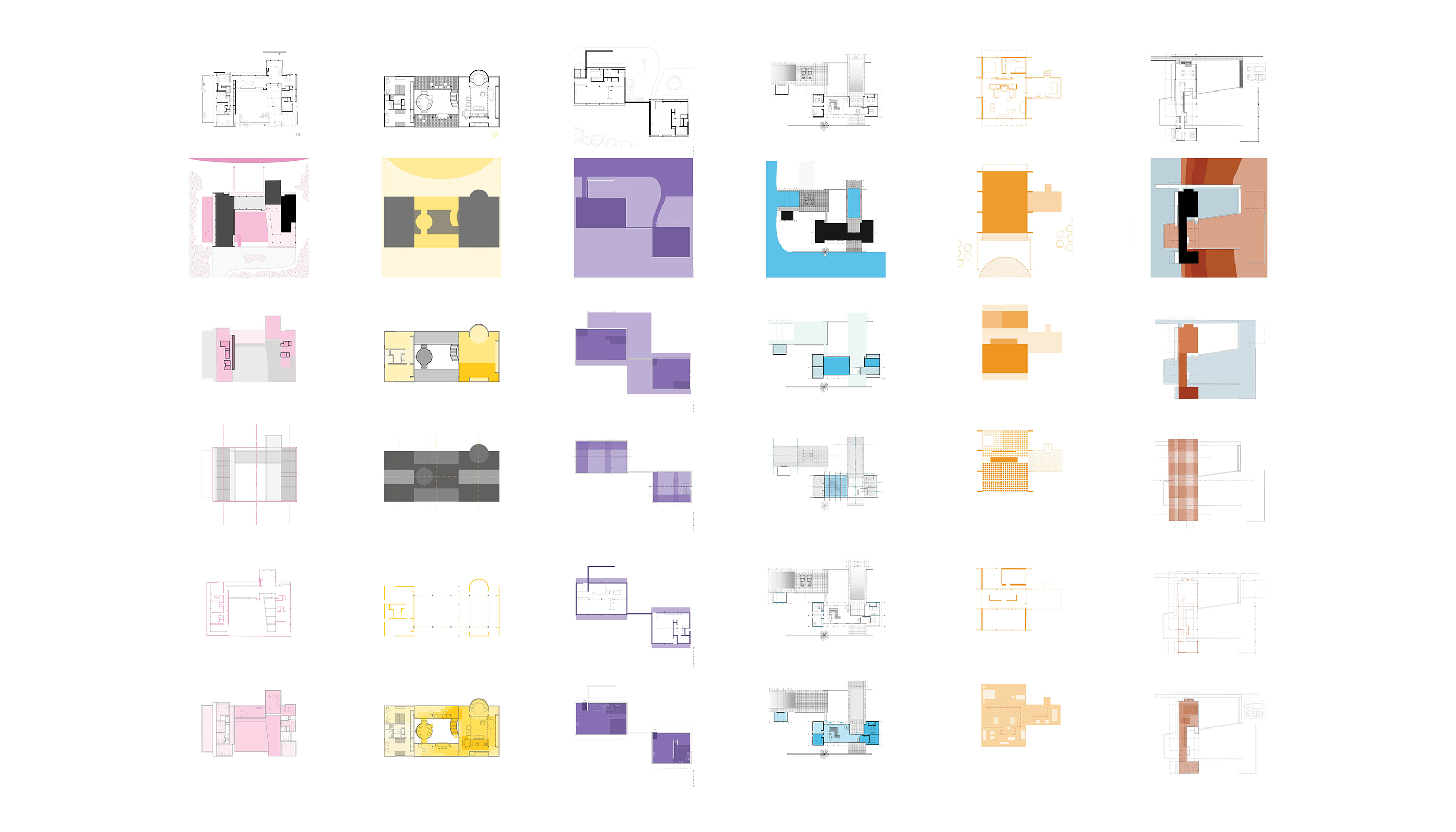
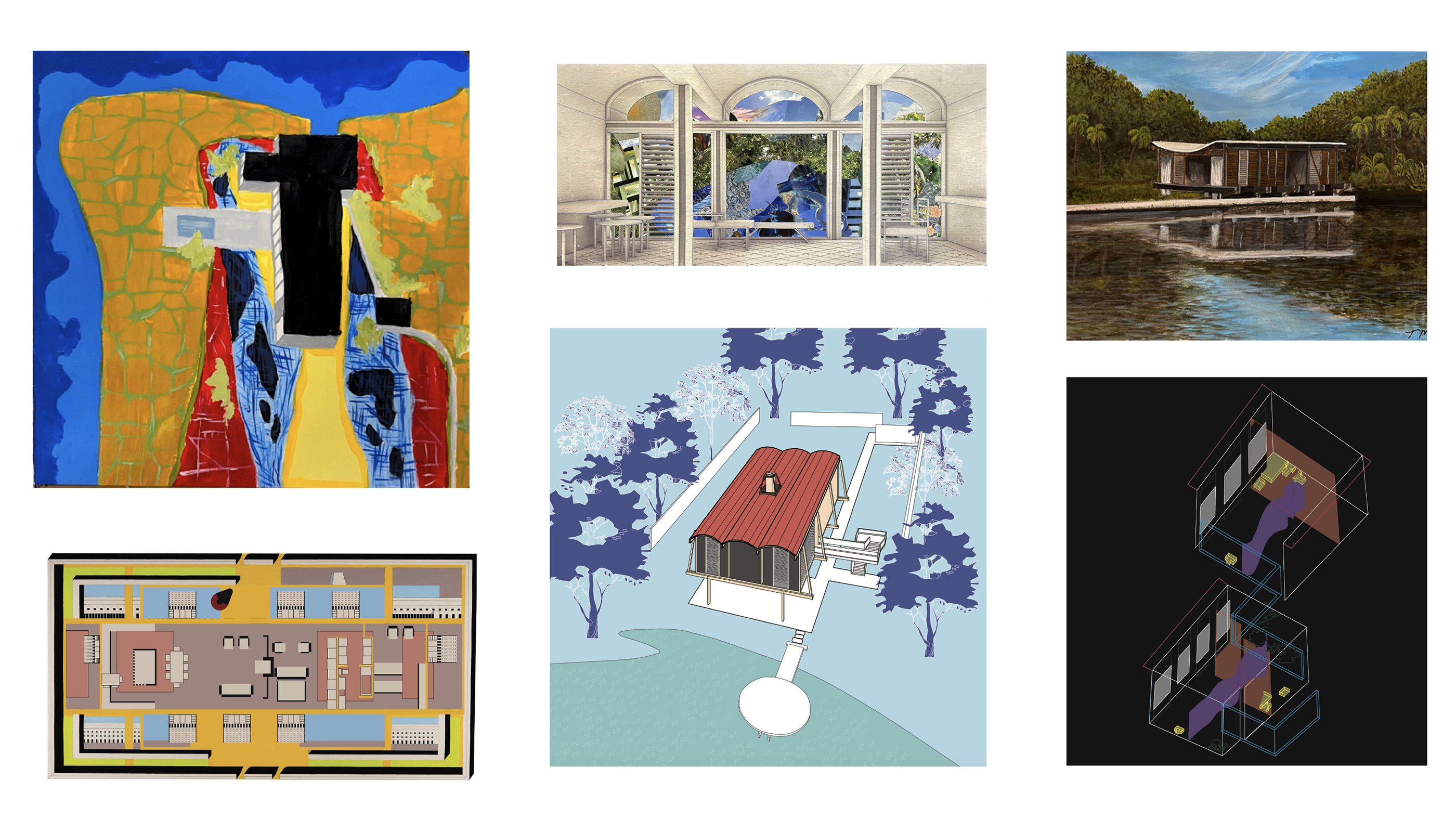

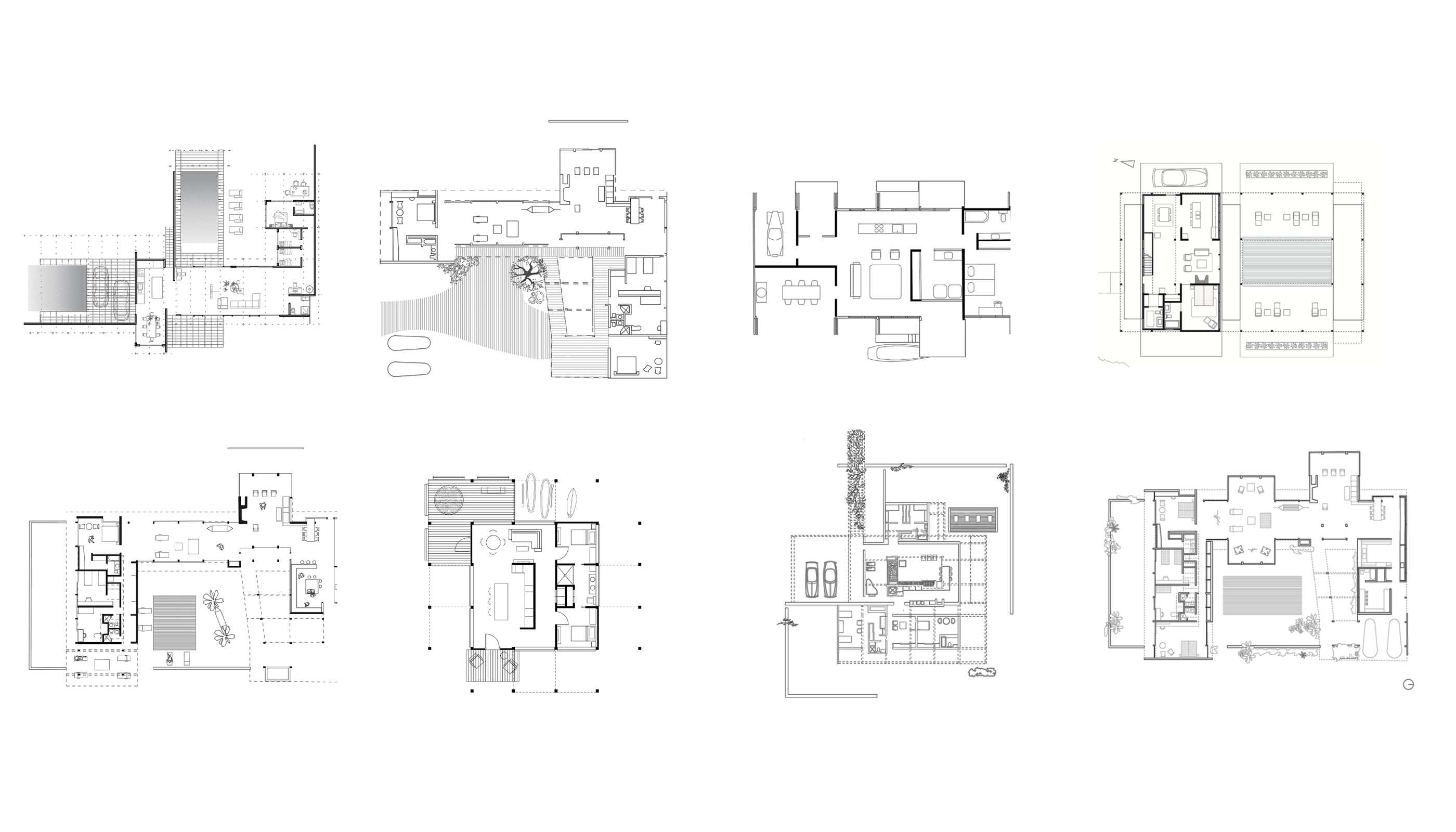


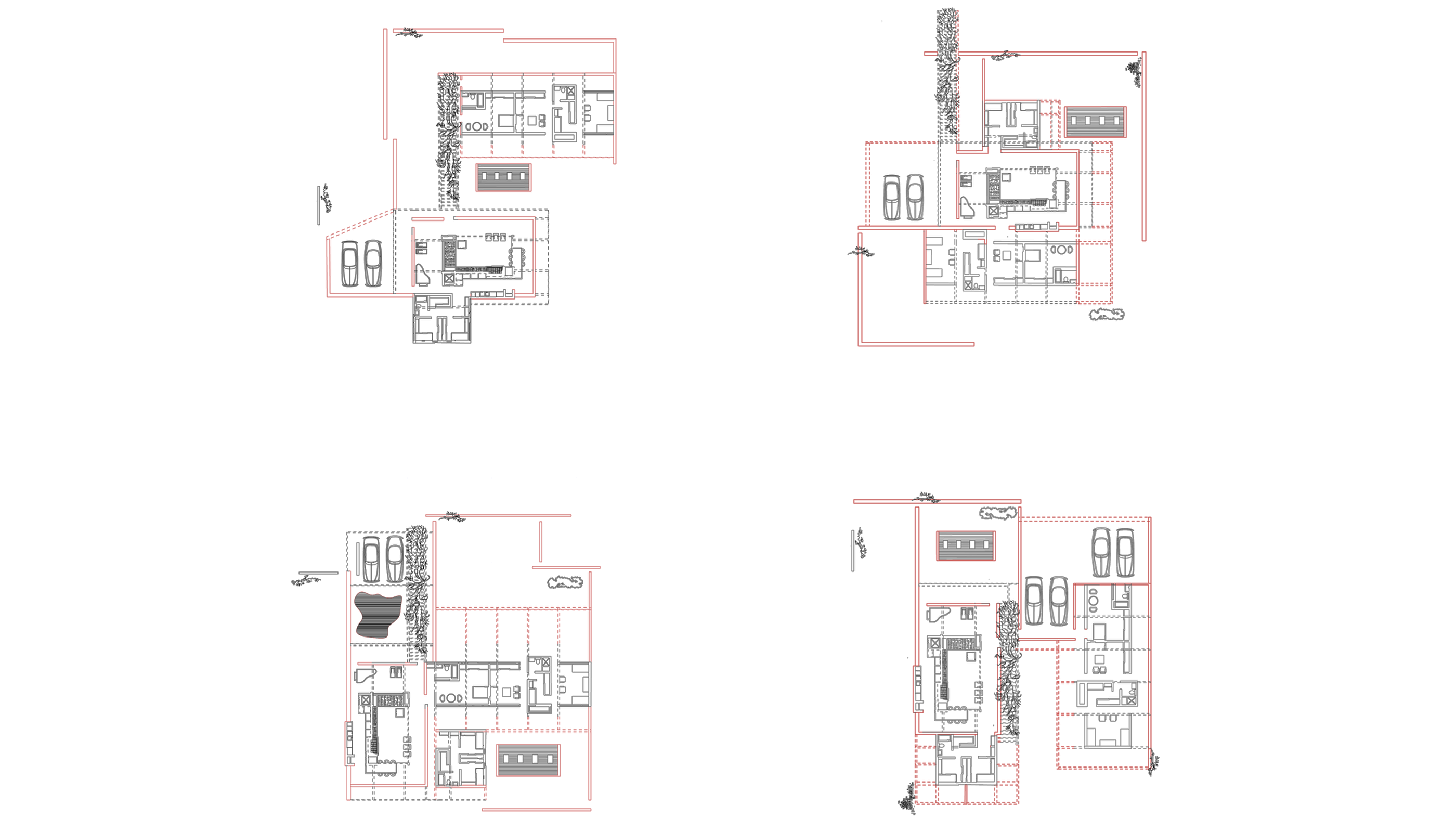

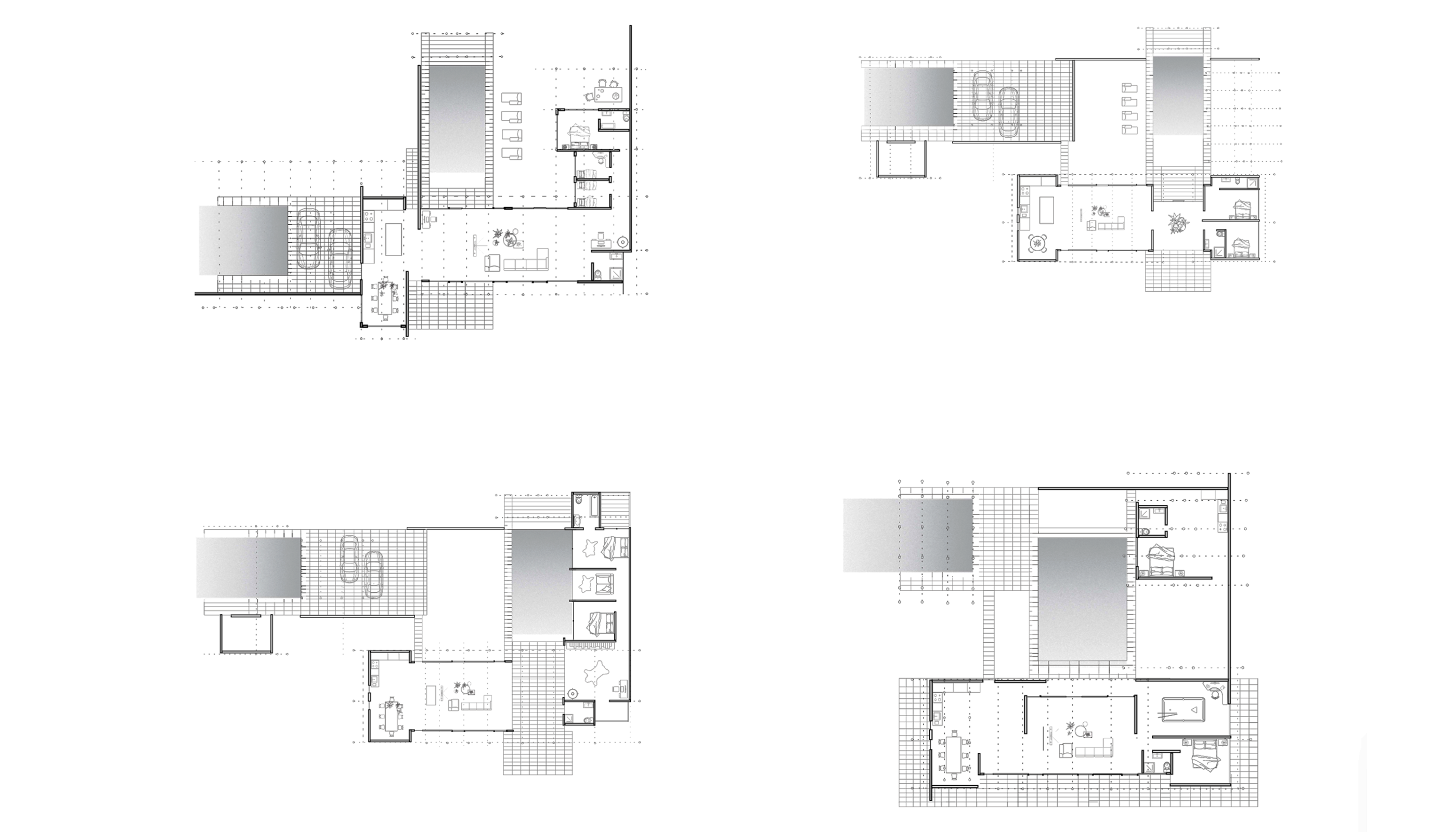

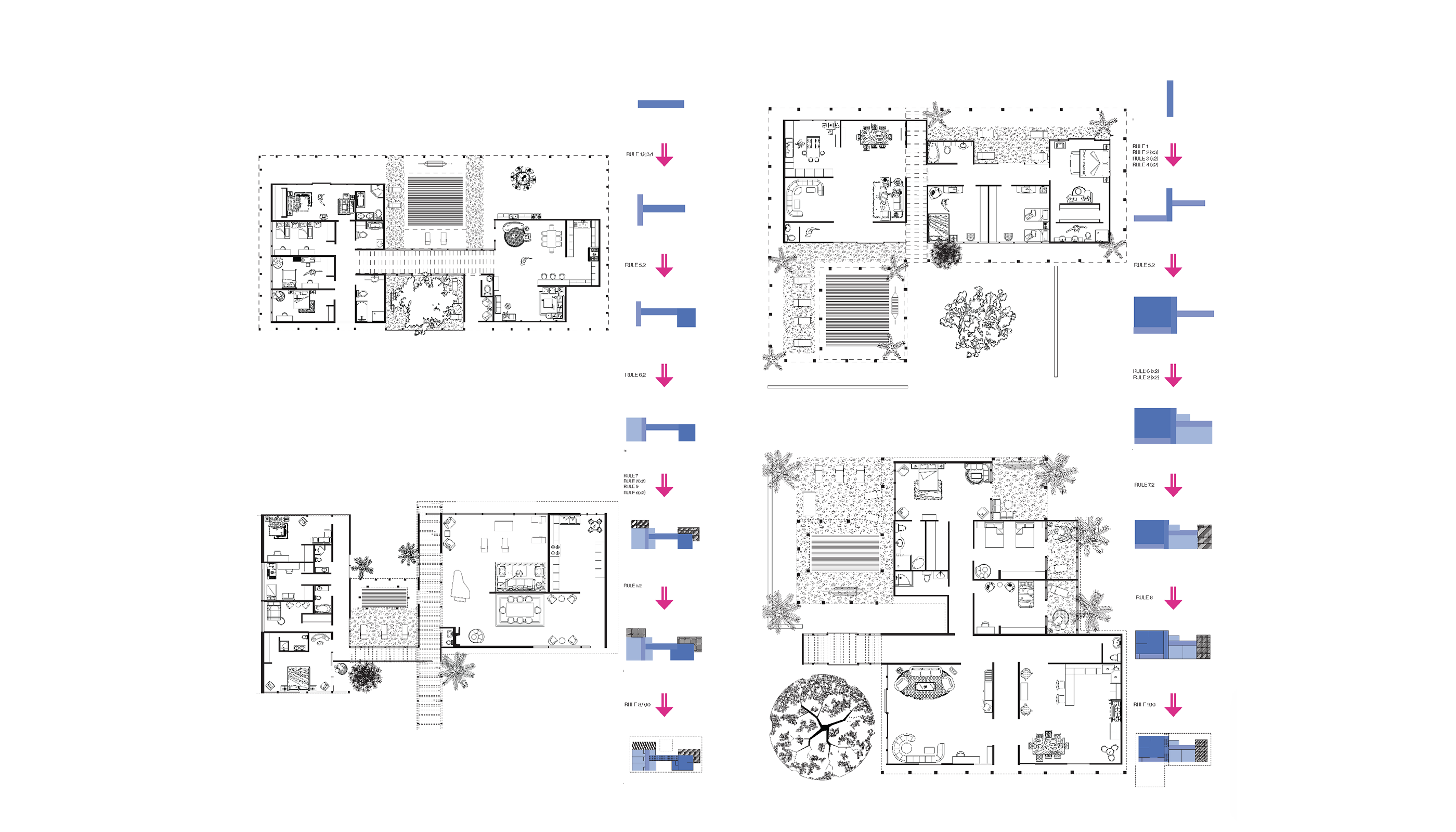
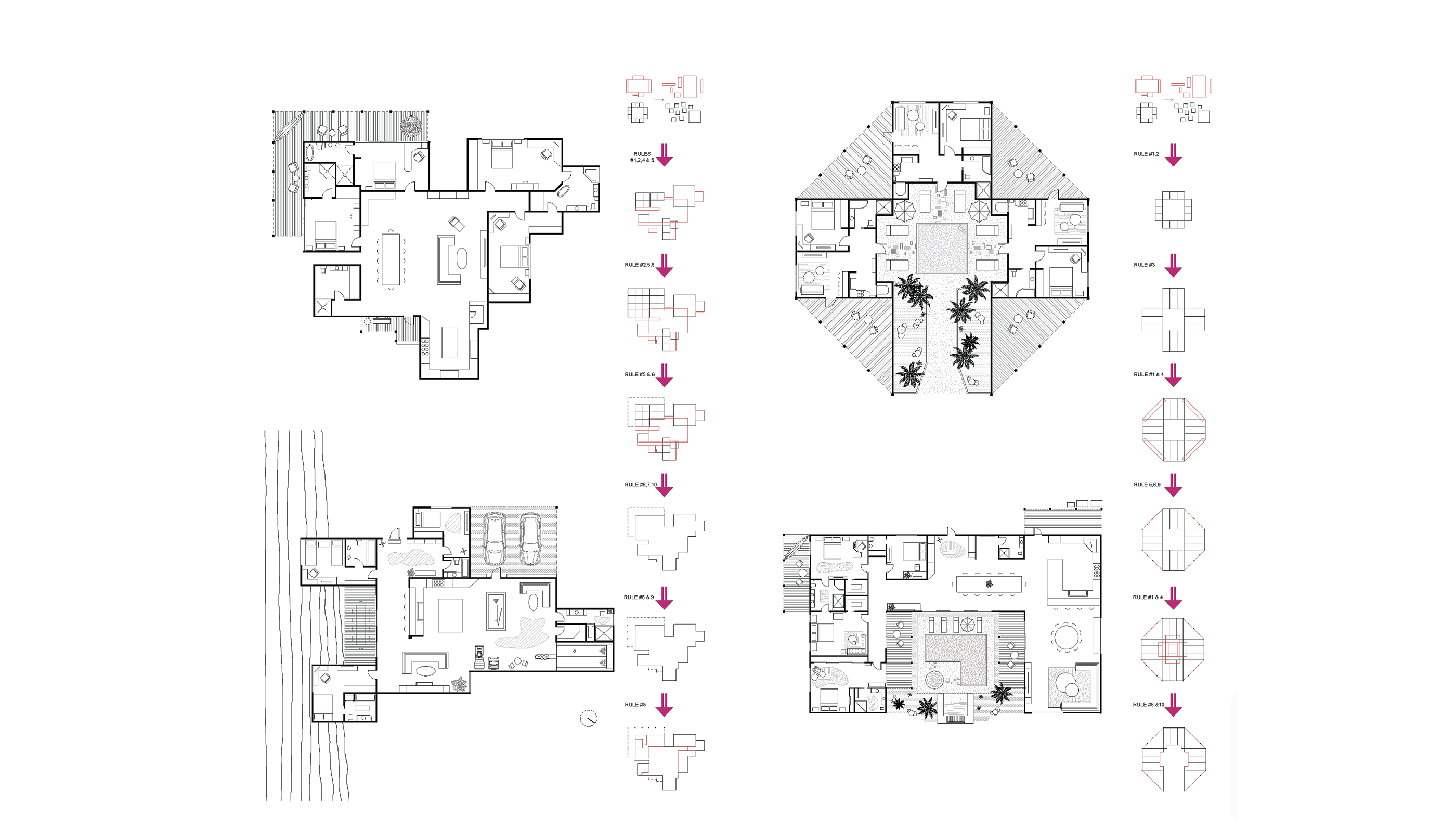


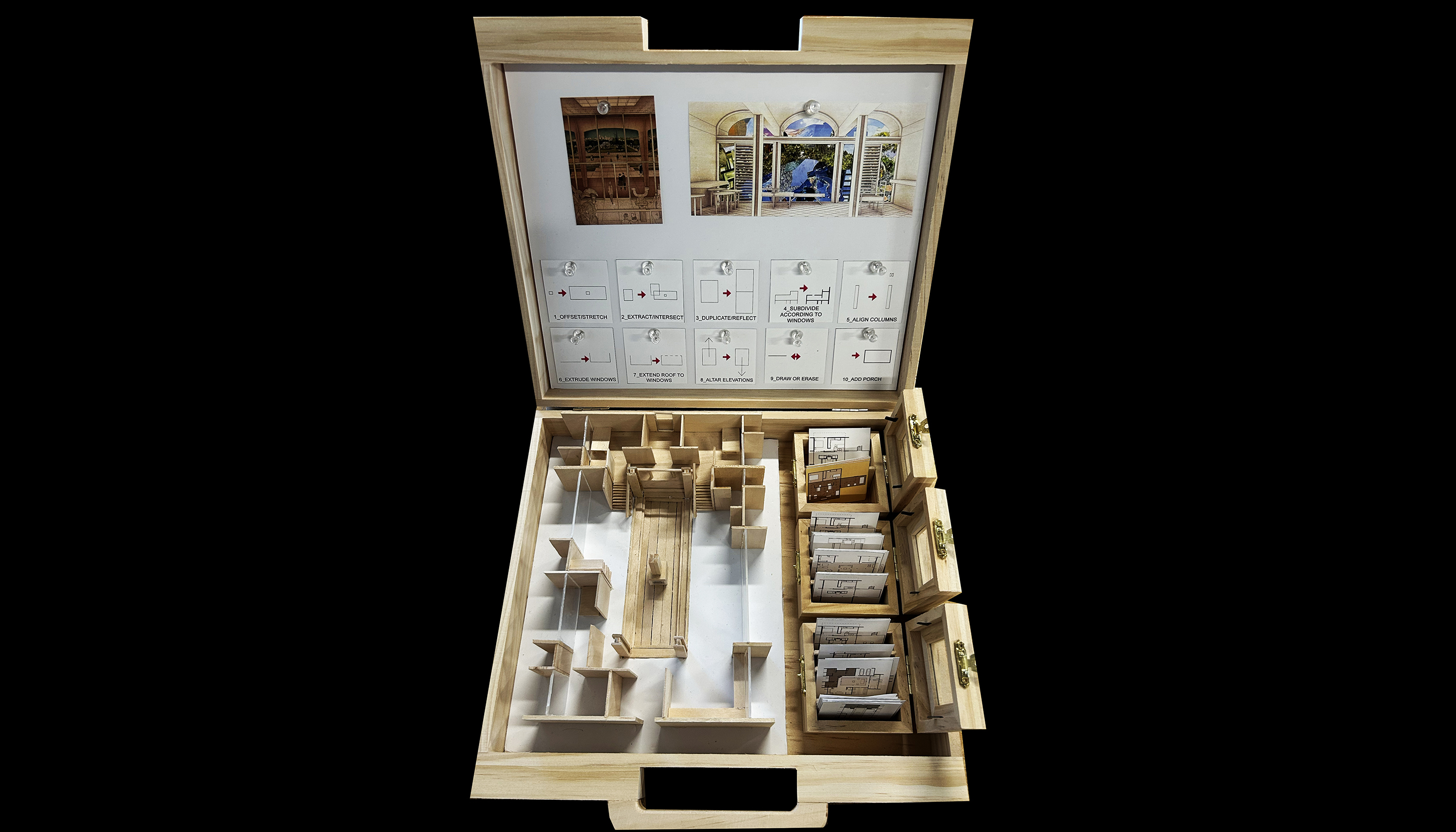
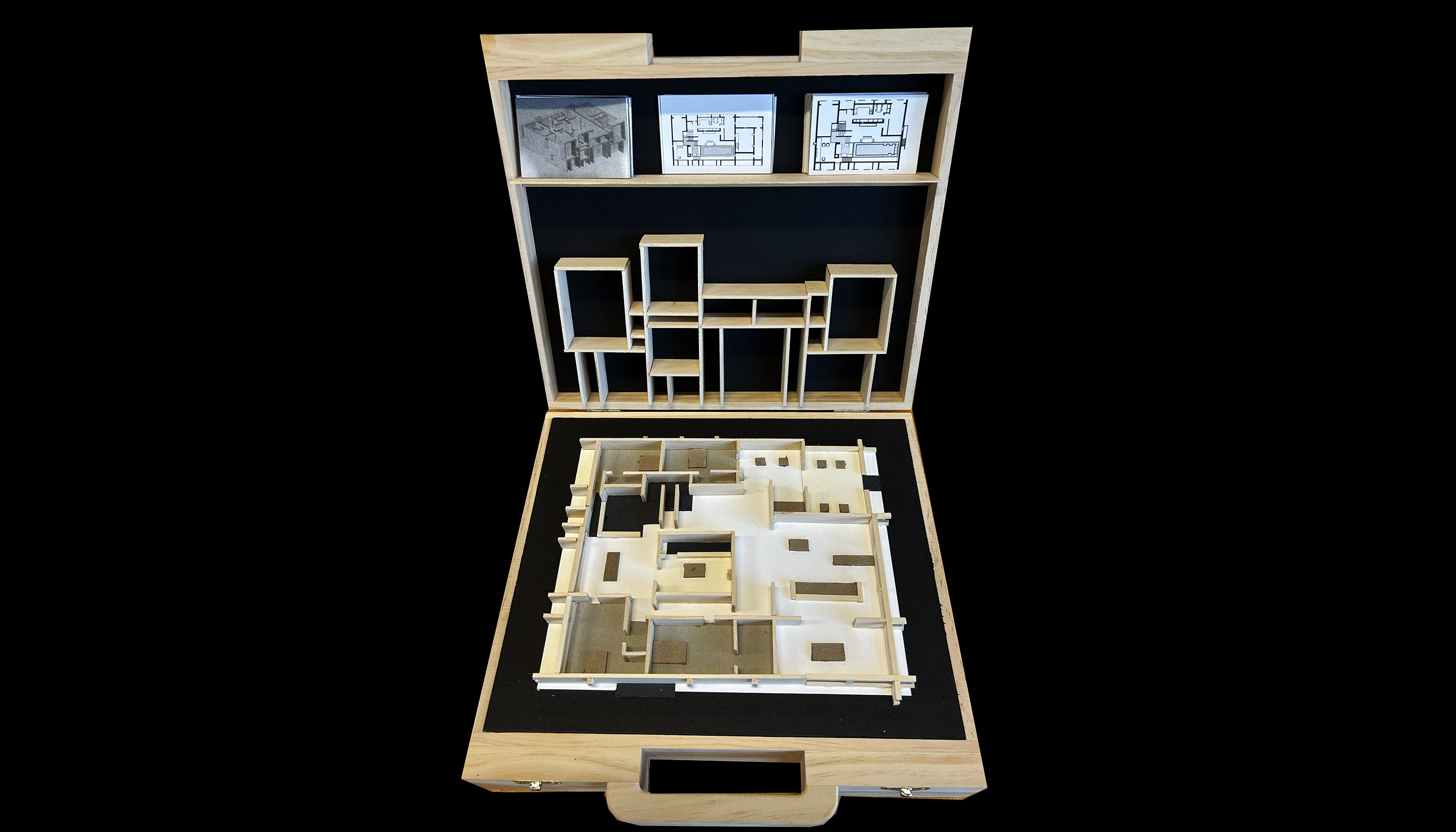
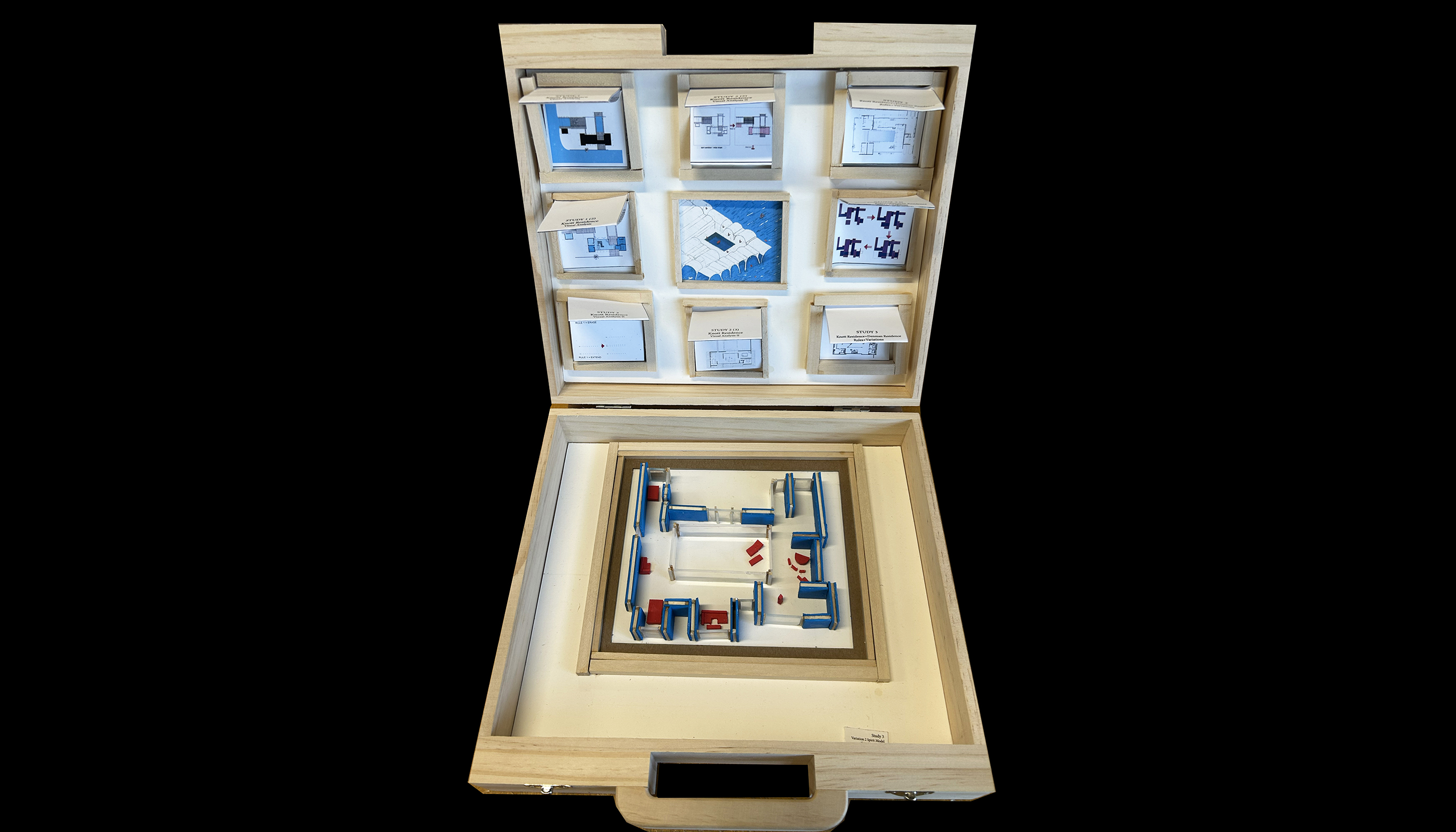
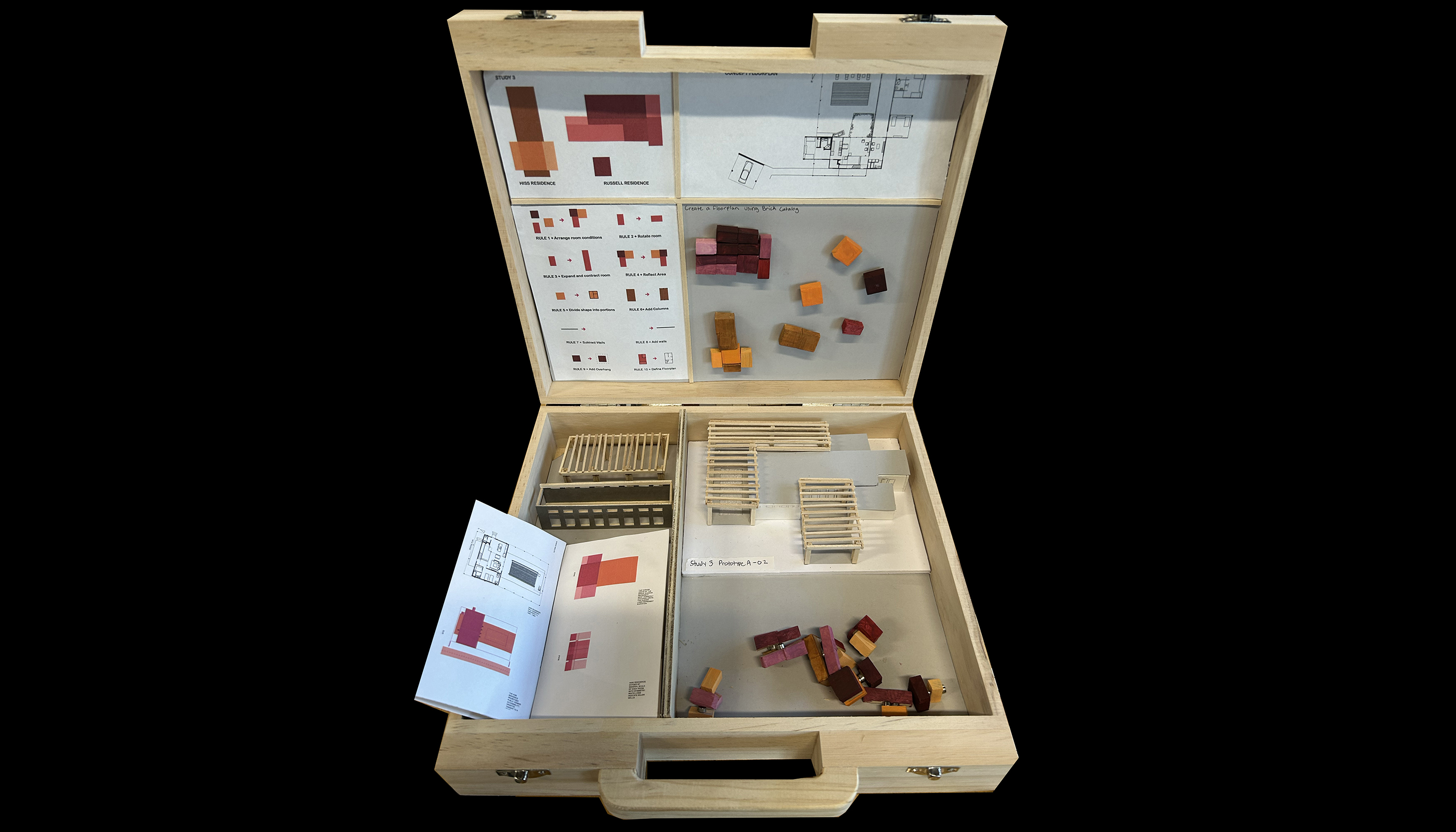



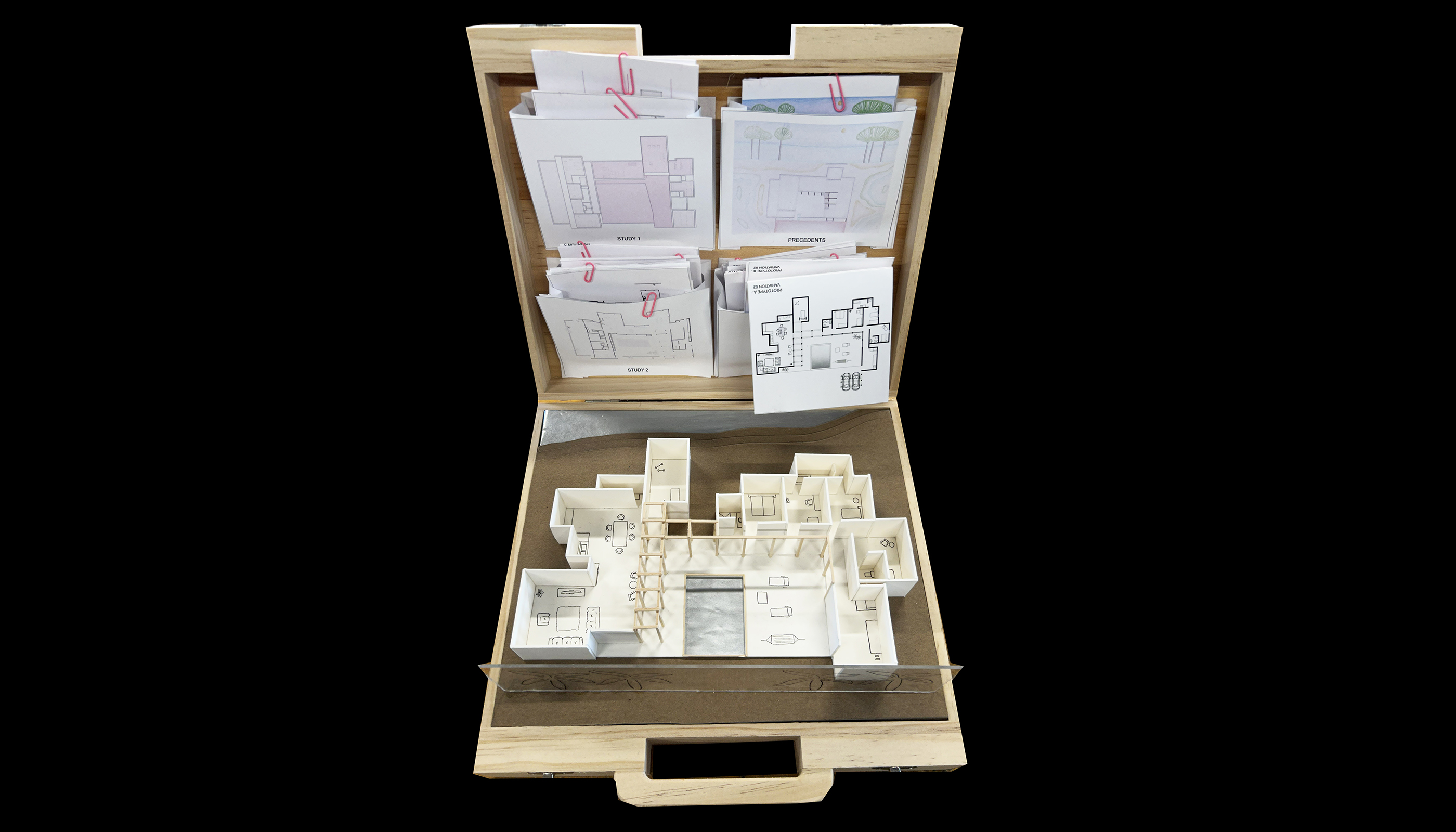
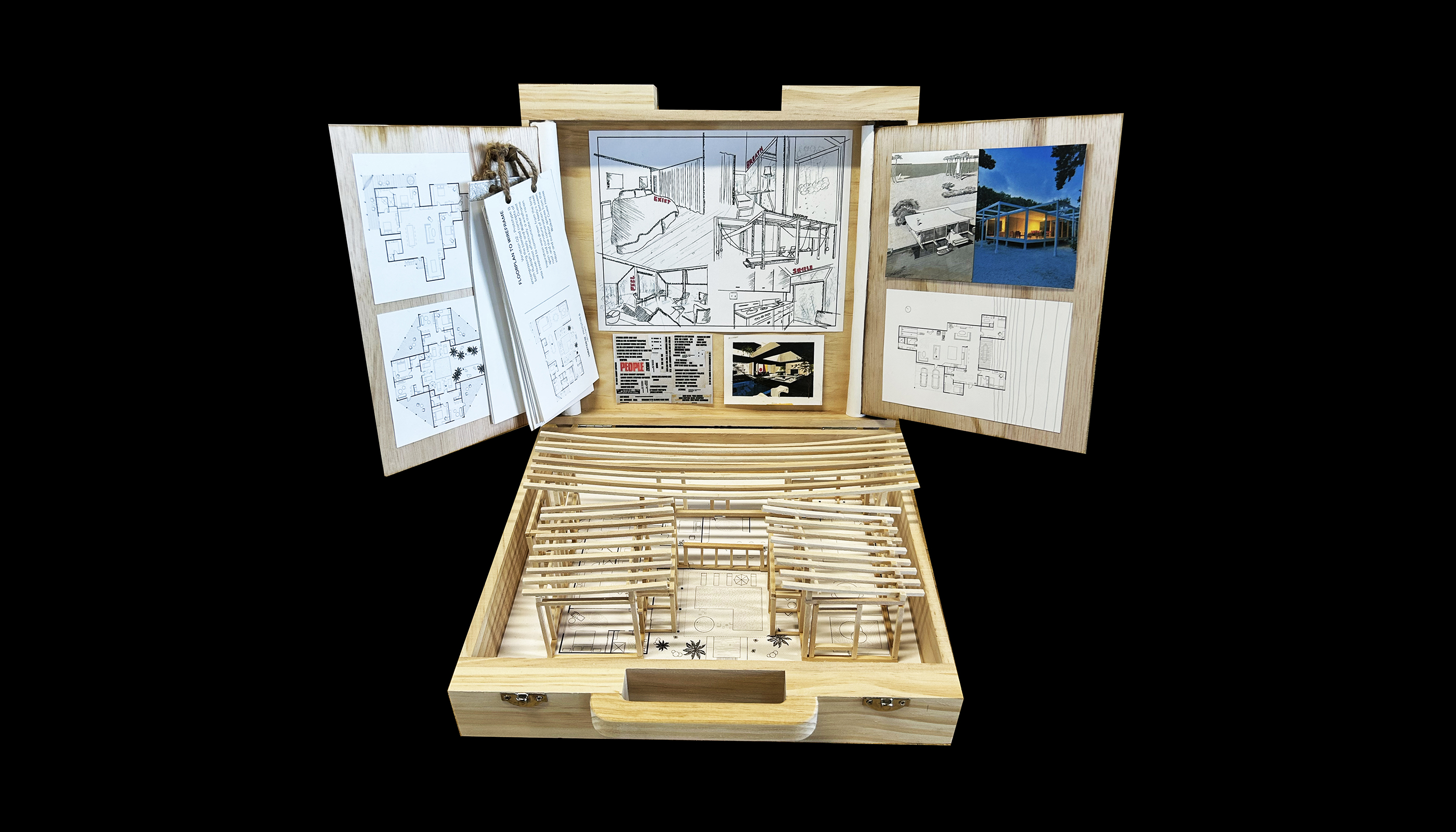
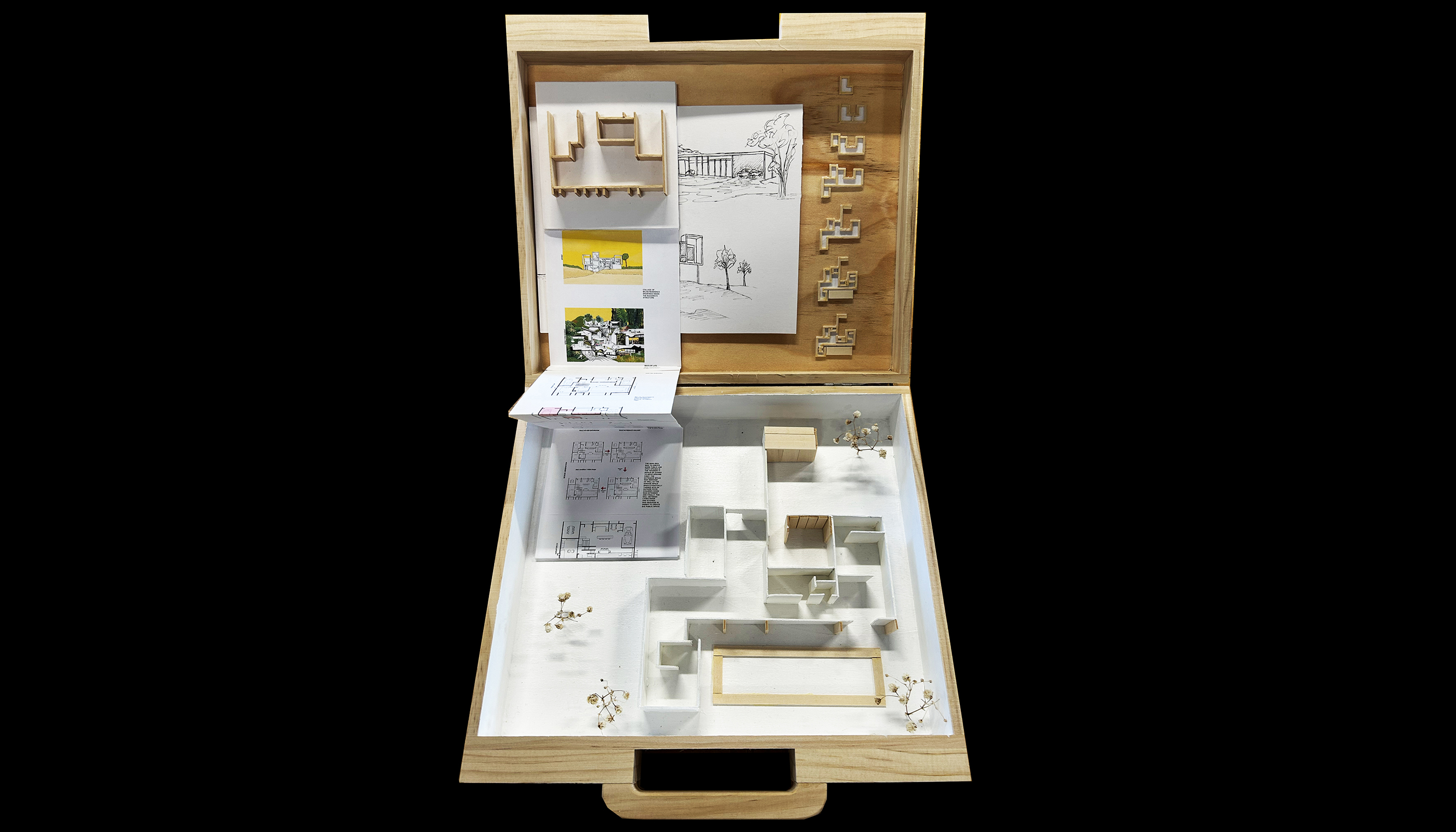
Constructing
Architectural Theory
[fall semester]
Florida Atlantic University
School of Architecture
Architectural Theory
[fall semester]
Florida Atlantic University
School of Architecture
One of the most challenging and important things to learn as an architectural student is how to read
and interpret the language of architecture. This involves understanding conventions of representation
and the design concepts or principles that are not explicitly defined in a design but require close observation and learning to see as an architect. This seeing is a mode of critical thinking that we aim
to develop in this course by working back and forth between modes of analysis (with diagrams) and
modes of synthesis (with shape rules and grammars). The diagram then becomes a mechanism for
reading a precedent, and the rule, or algorithm, becomes a way to rewrite and recalculate
relationships interpreted from existing designs. Together, these equivalent modes allow us to construct
our own theories and narratives in a fundamentally architectural and designerly way: through drawing
and modeling them. This also allows us to develop a foundation for thinking critically about the nature
of calculation and computation in architecture.
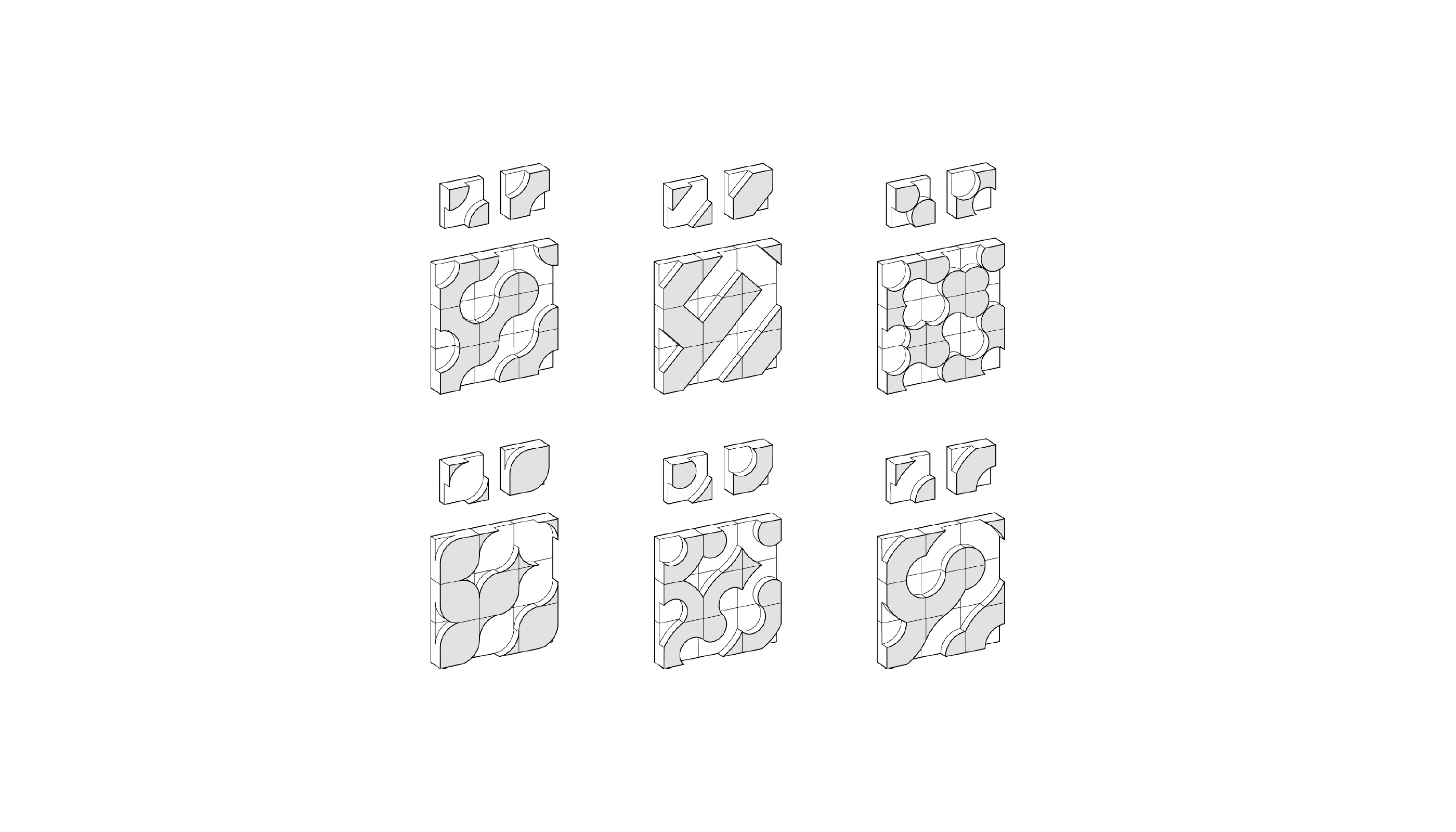
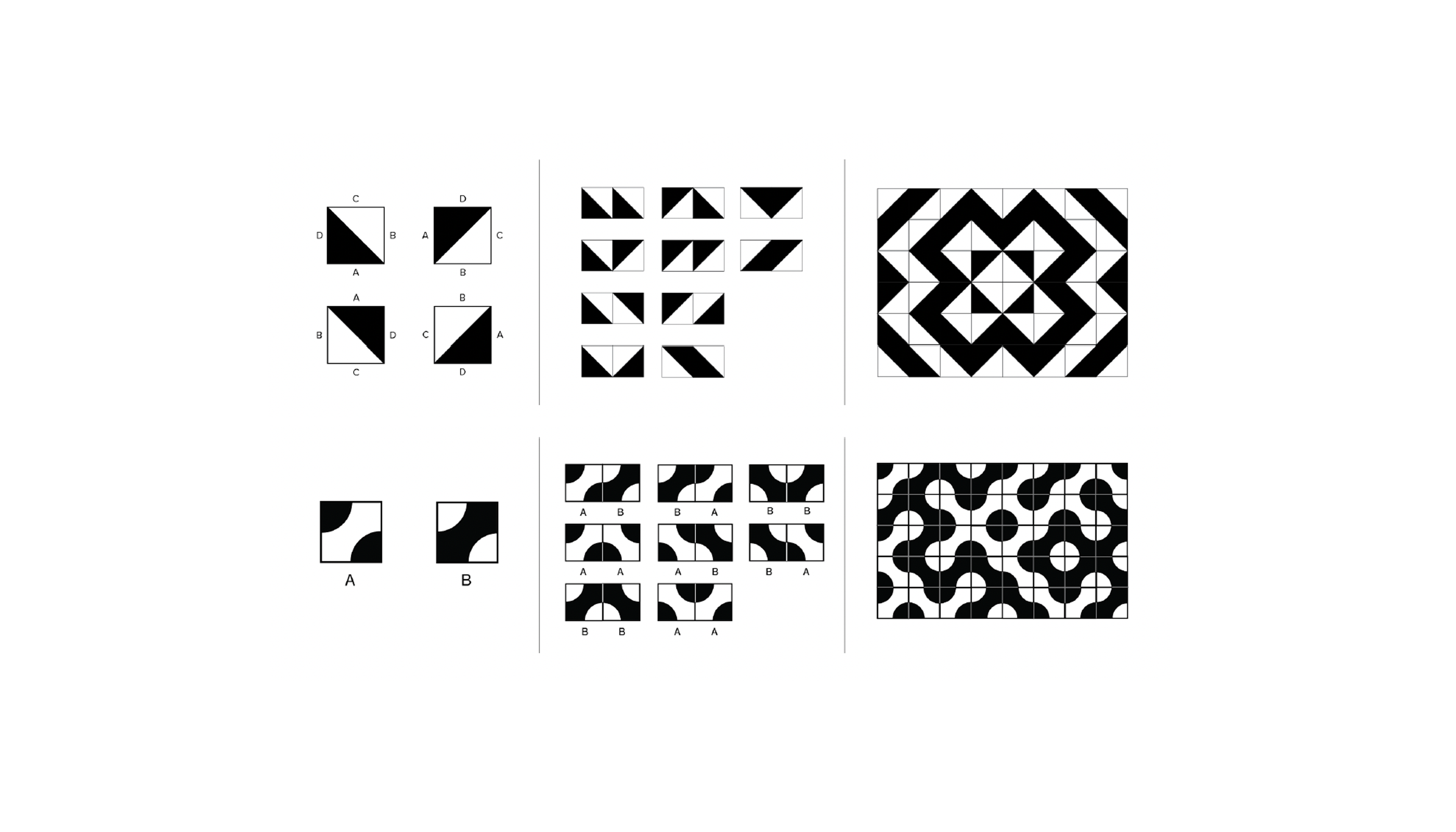
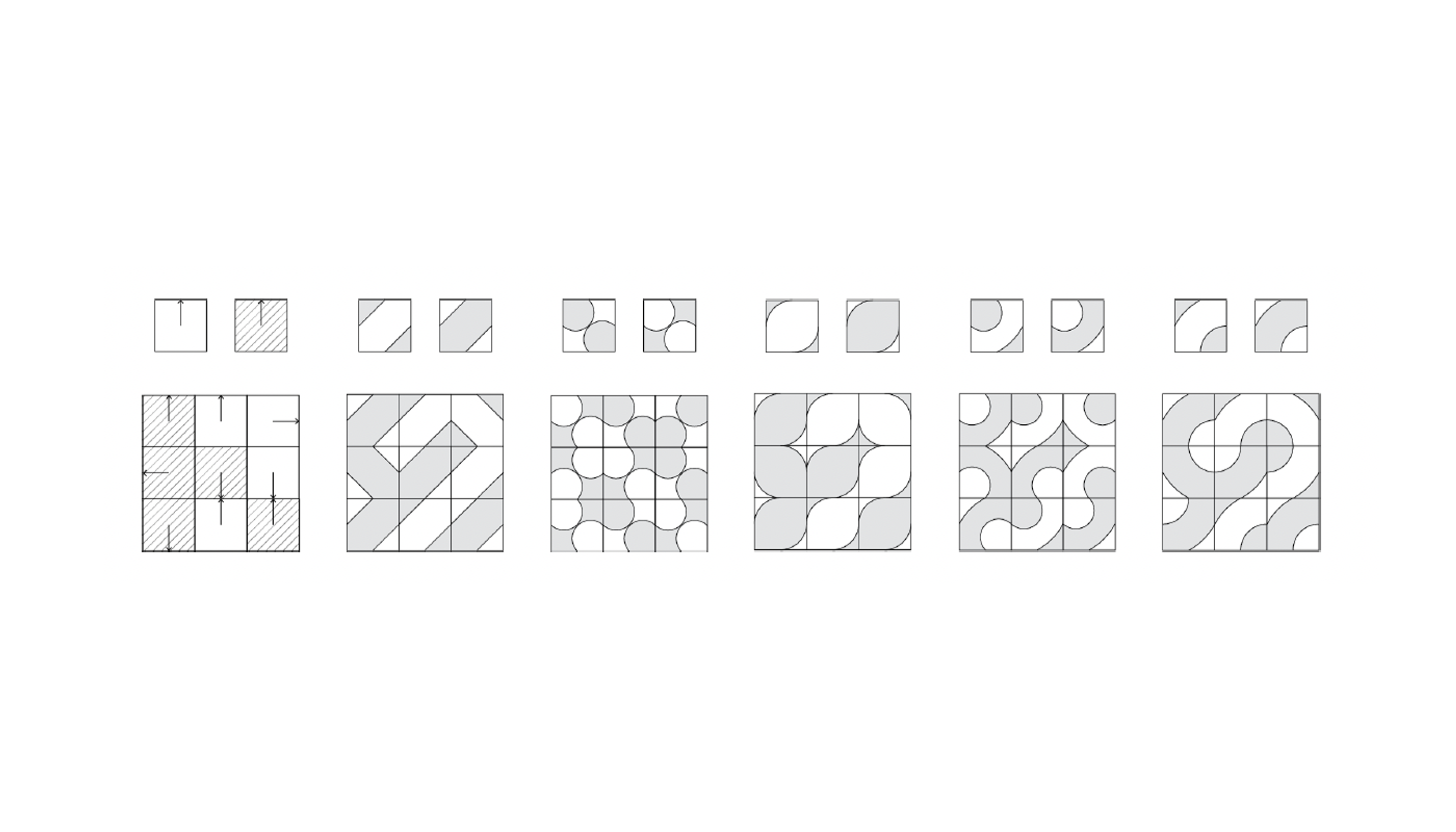
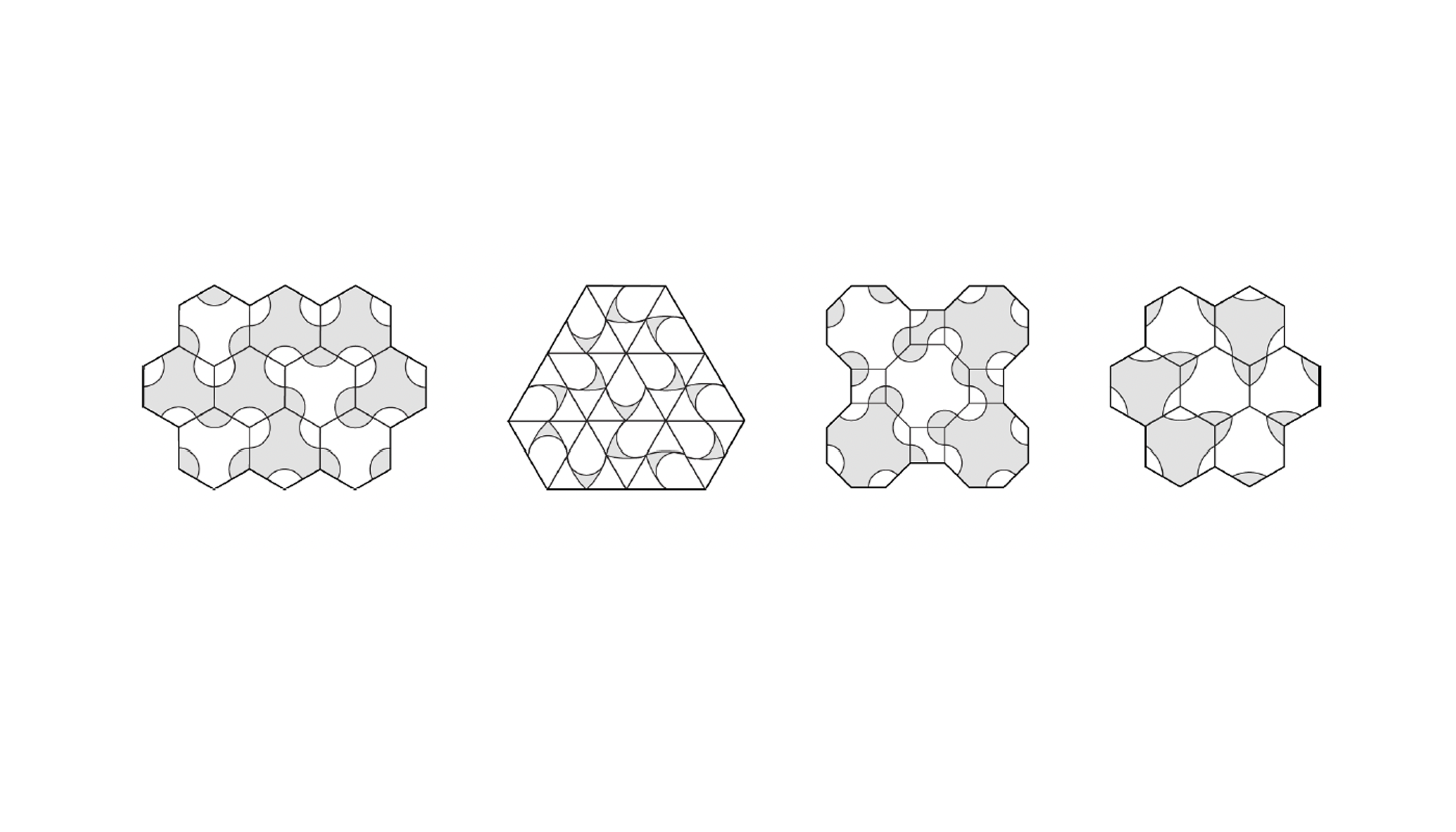
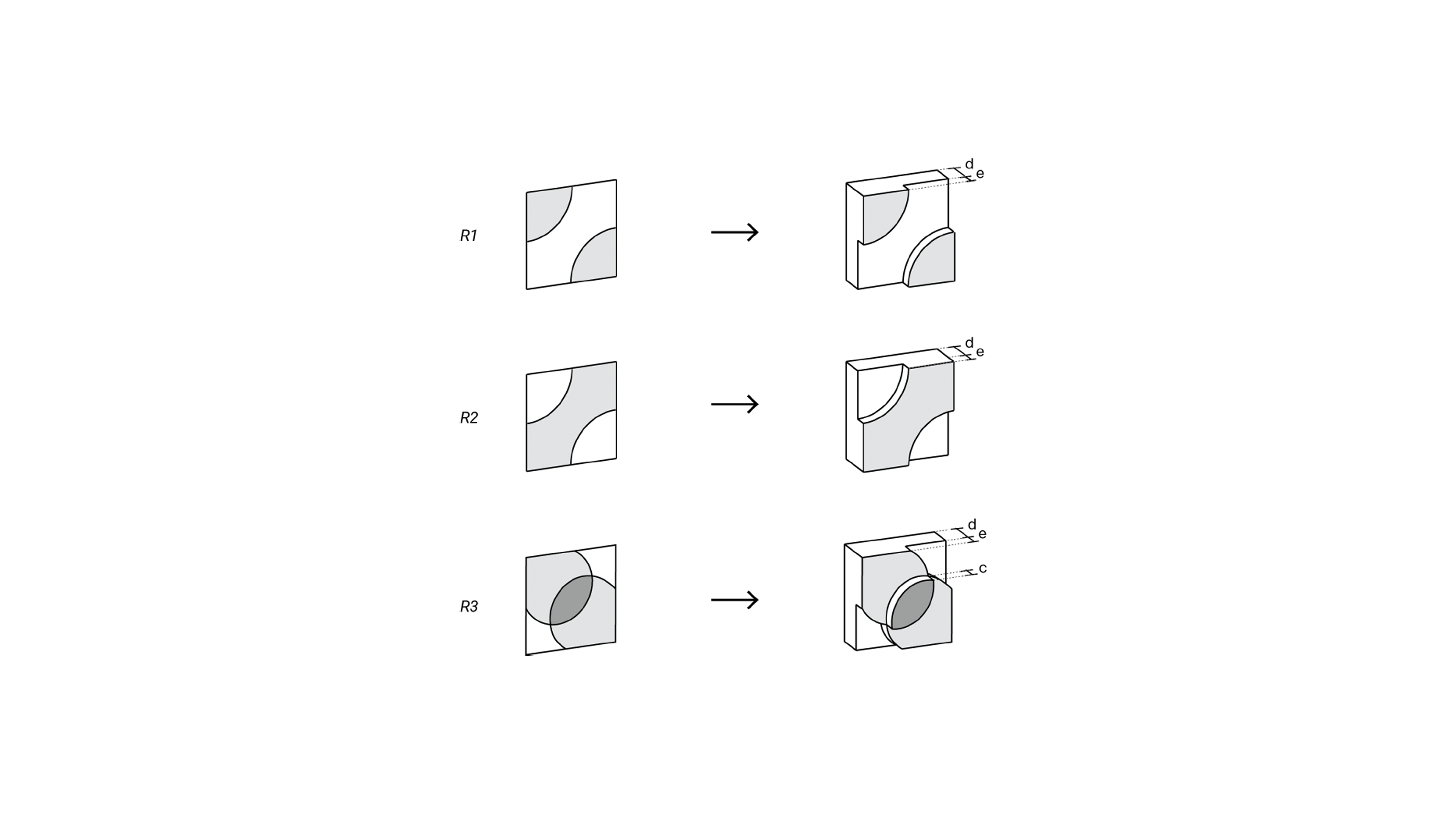
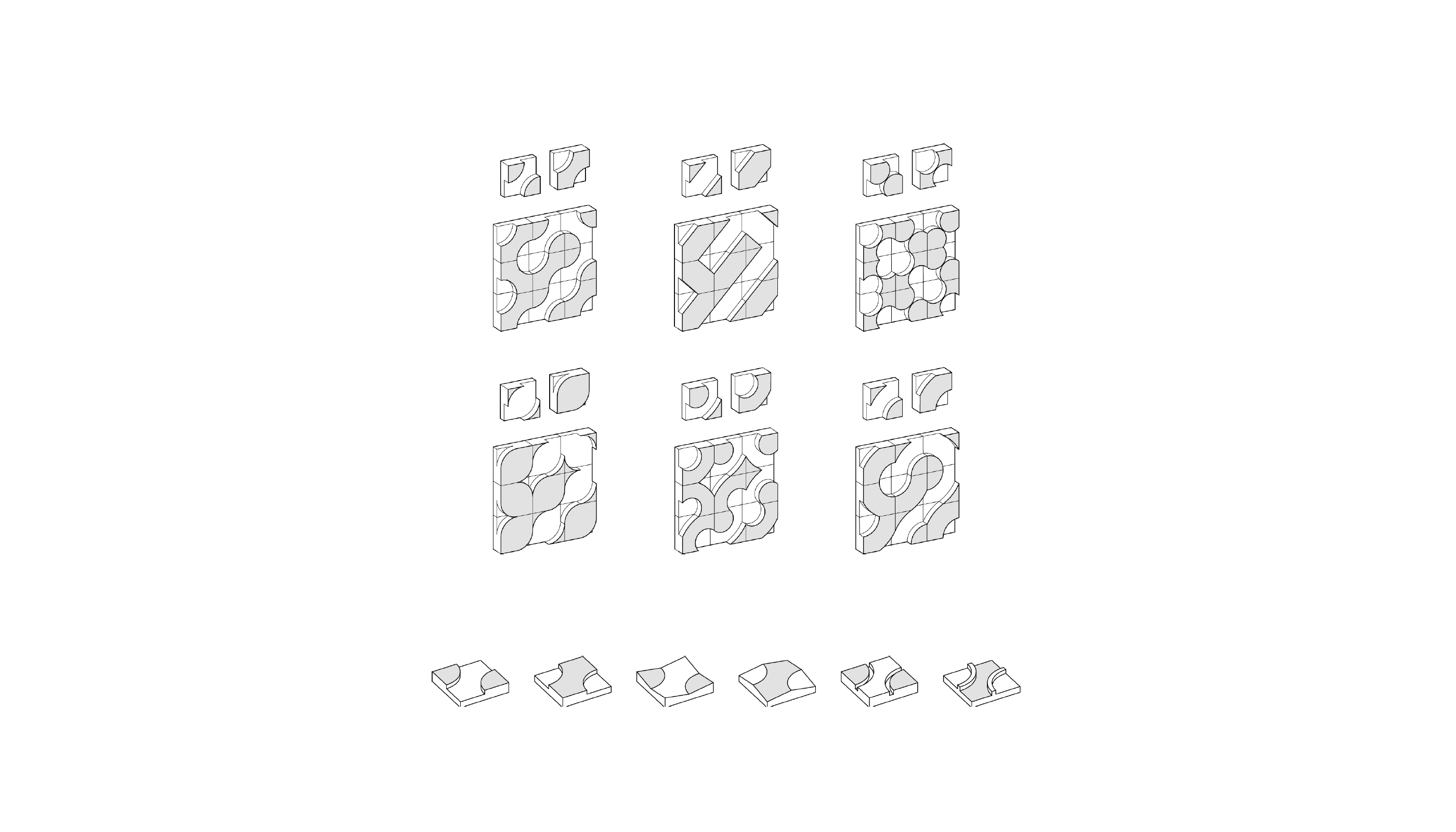

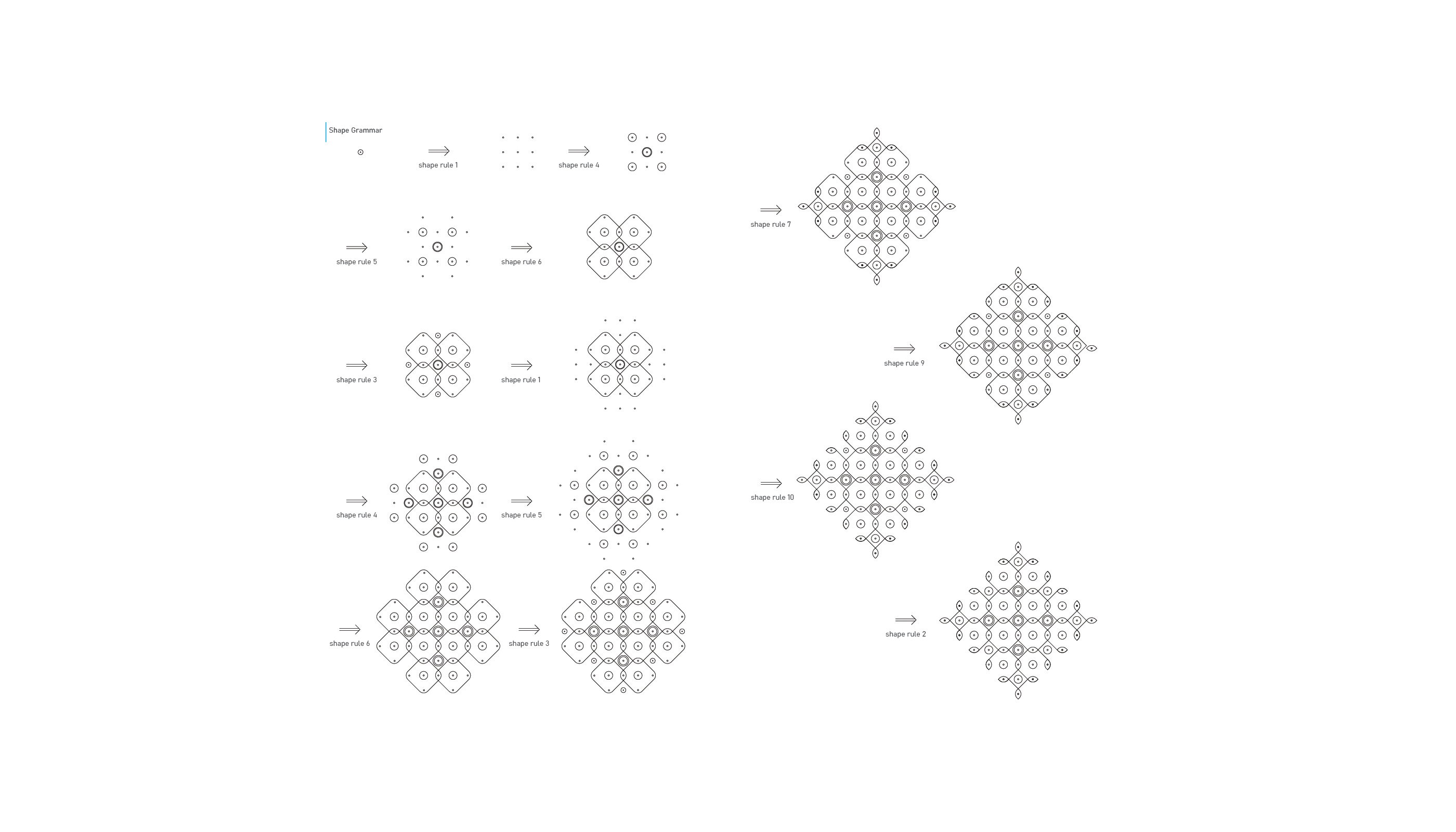
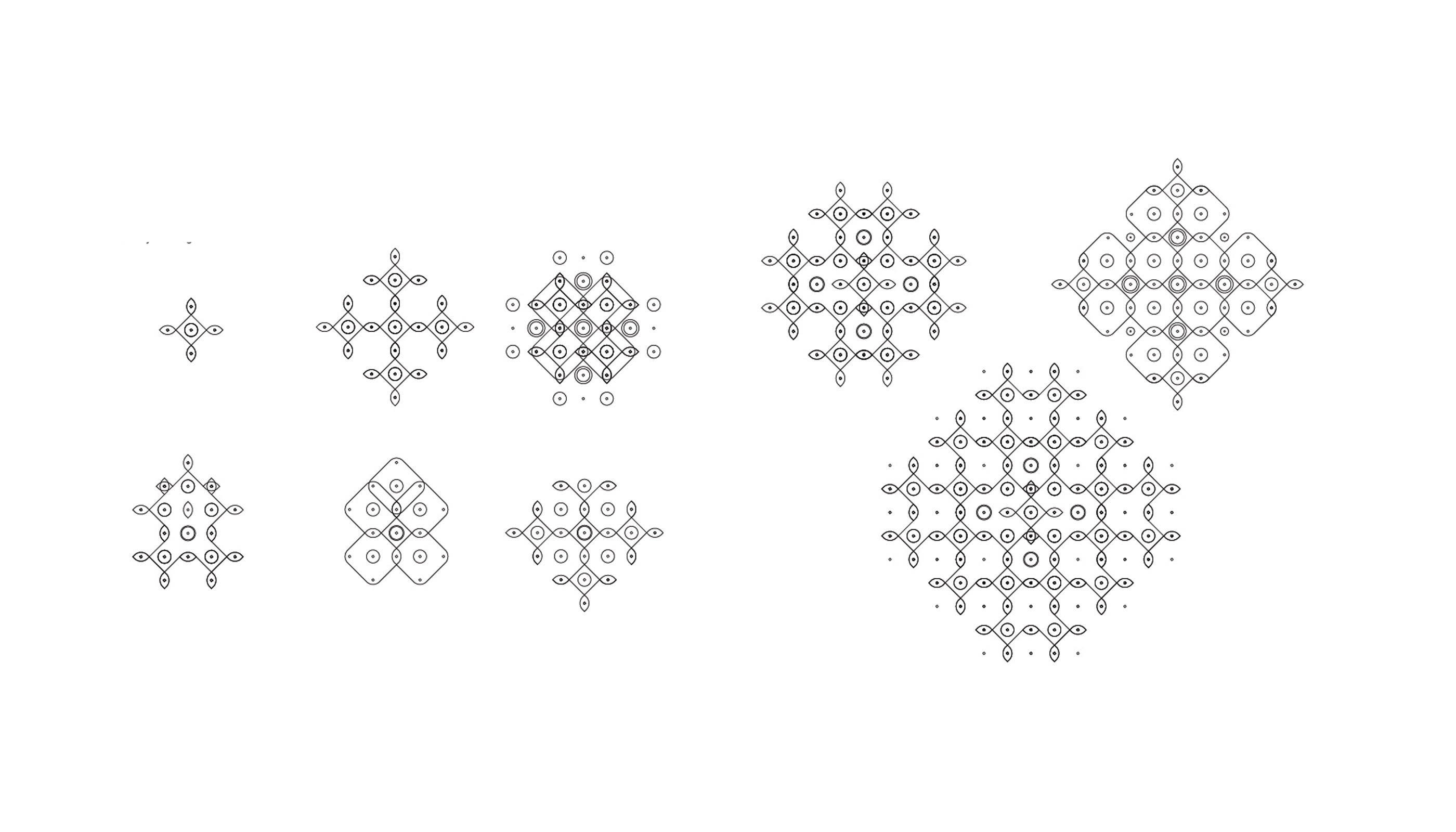

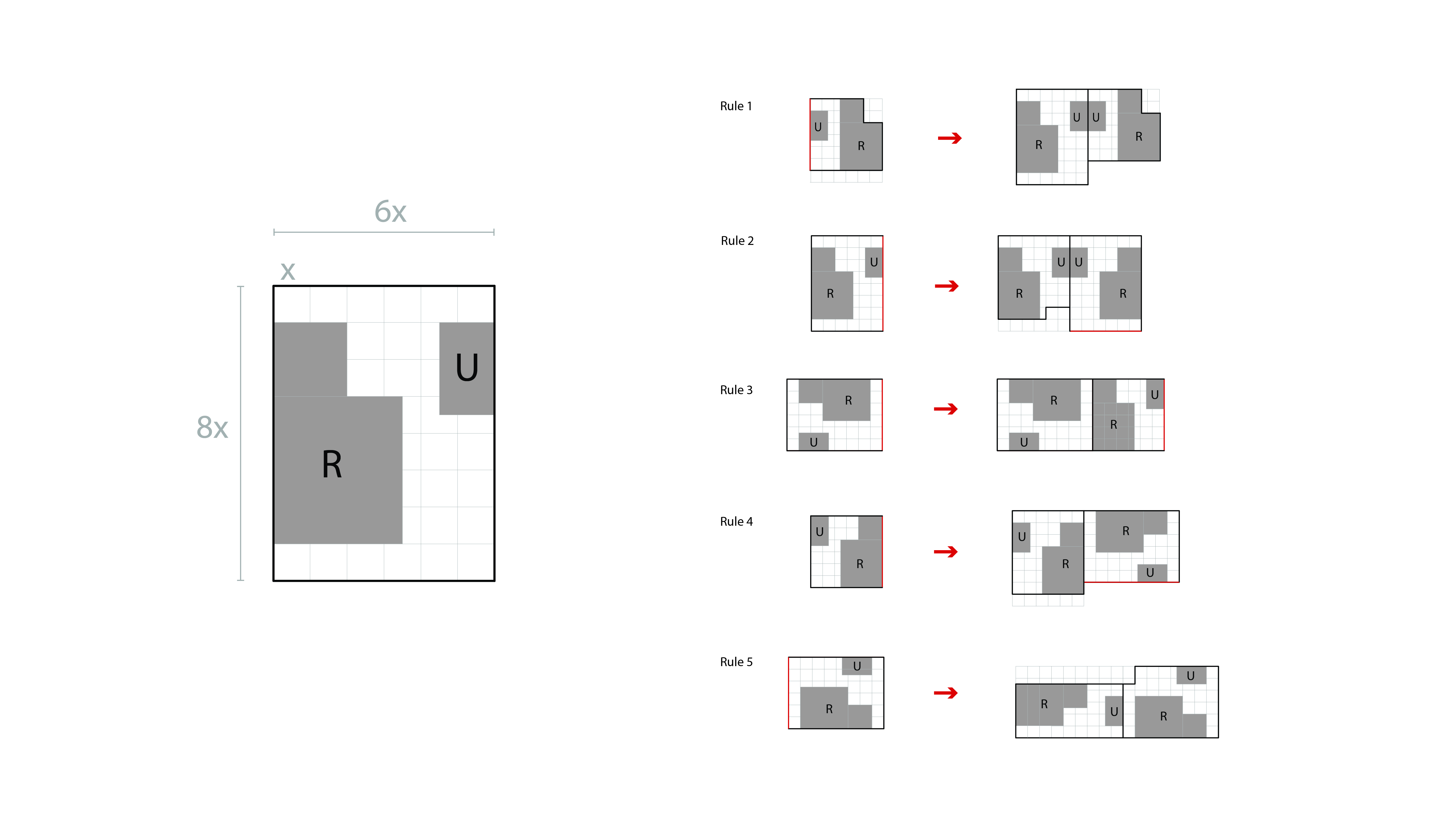

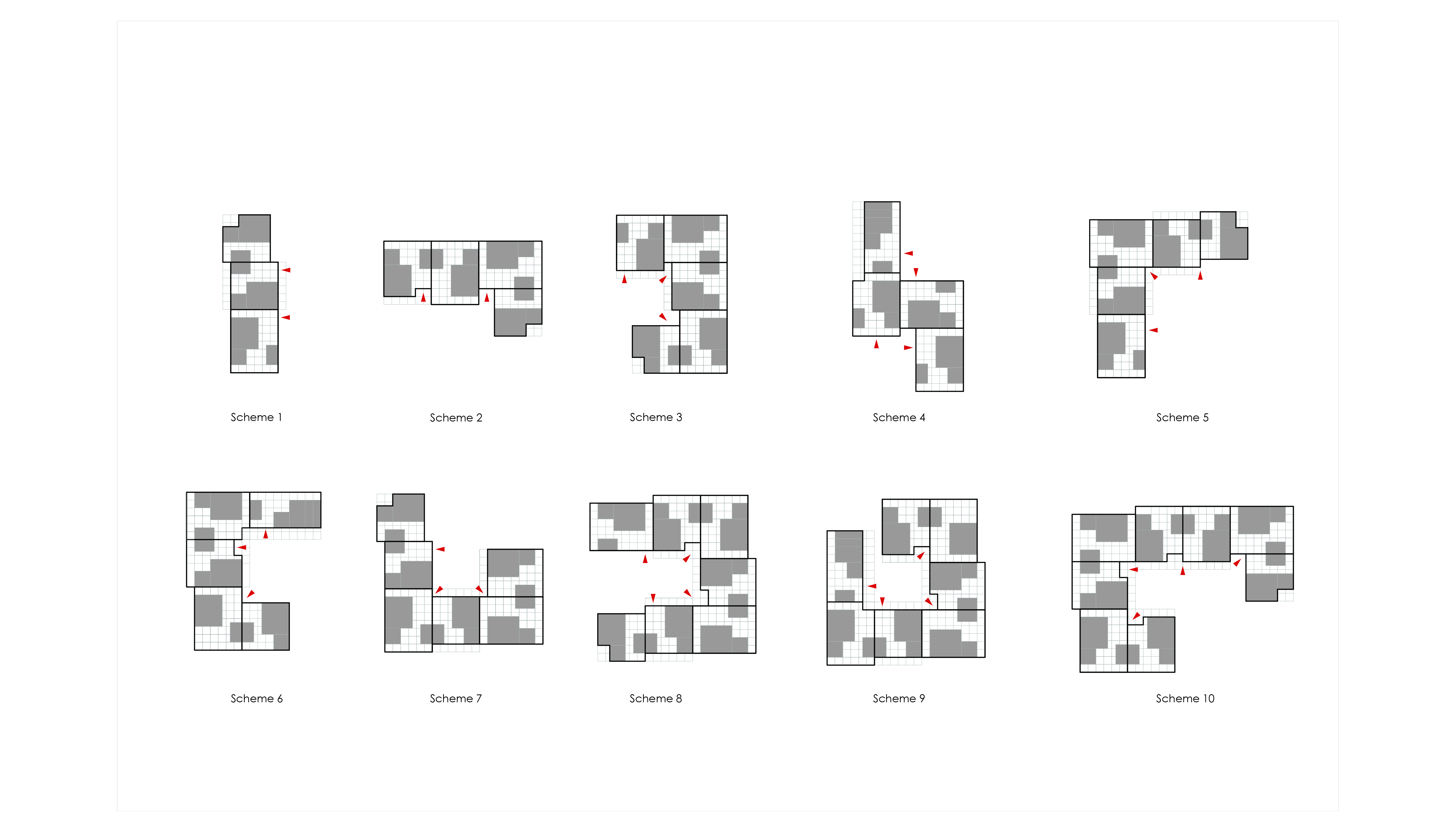
Introduction to
Shape Grammars
[fall semester]
Pennsylvania State University
Stuckeman School
Shape Grammars
[fall semester]
Pennsylvania State University
Stuckeman School
Shape grammars are a powerful formalism for the generative description of
designs and a key discourse in design computation. In this course, the theory
of shapes, shape rules, schemata, languages of designs, and more will be
introduced, providing students with a foundation in the rule-based
specification of designs. Critical and creative applications in the arts,
architecture, landscape, urbanism, product design, and engineering will be
discussed to understand shape grammars as a visual approach to design computation with broad potential for design and research. Through weekly
readings and in-class discussions, workshop assignments, and an individual
project, we will develop an introductory understanding of the theoretical
foundations of shape grammars.
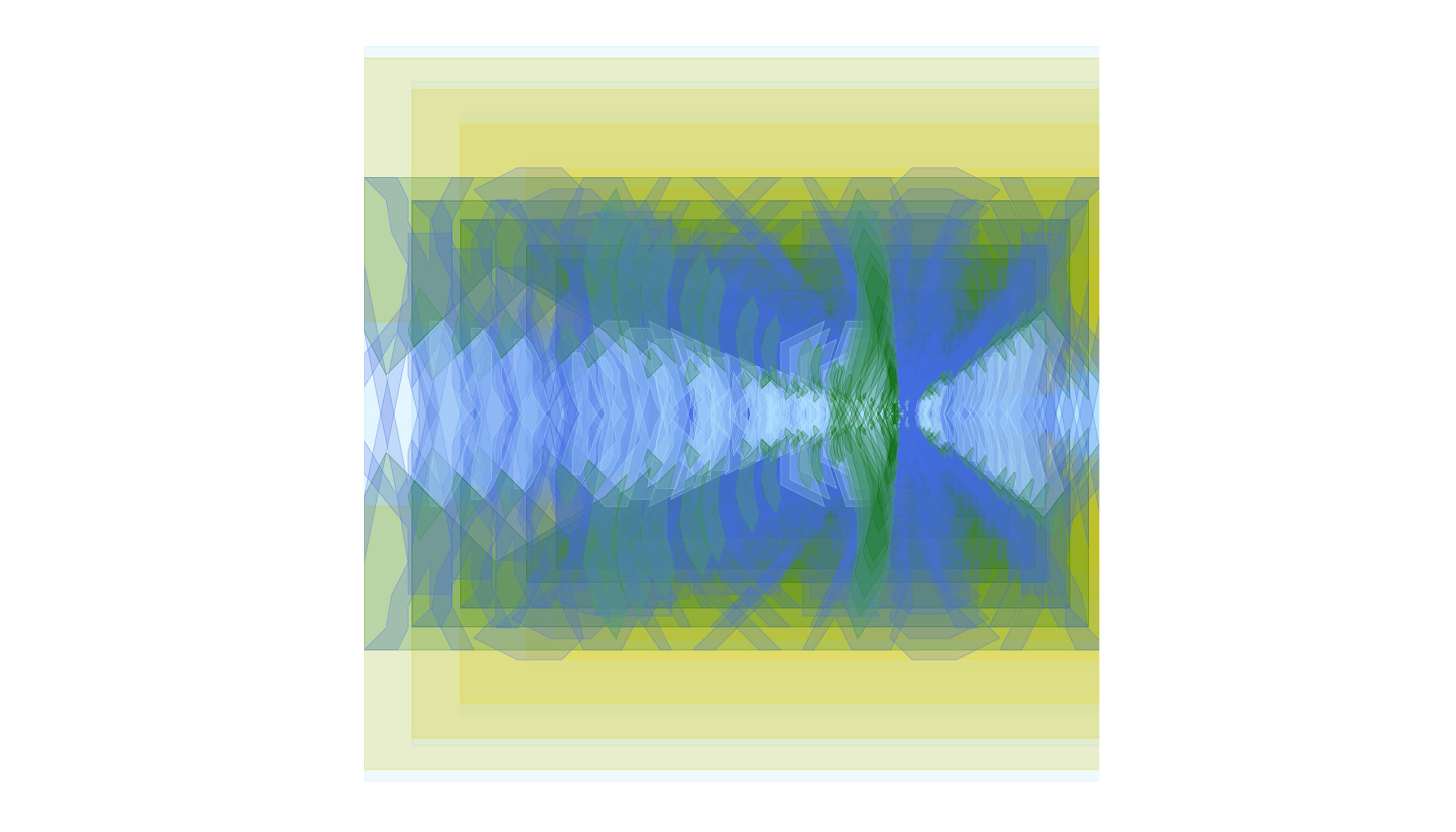


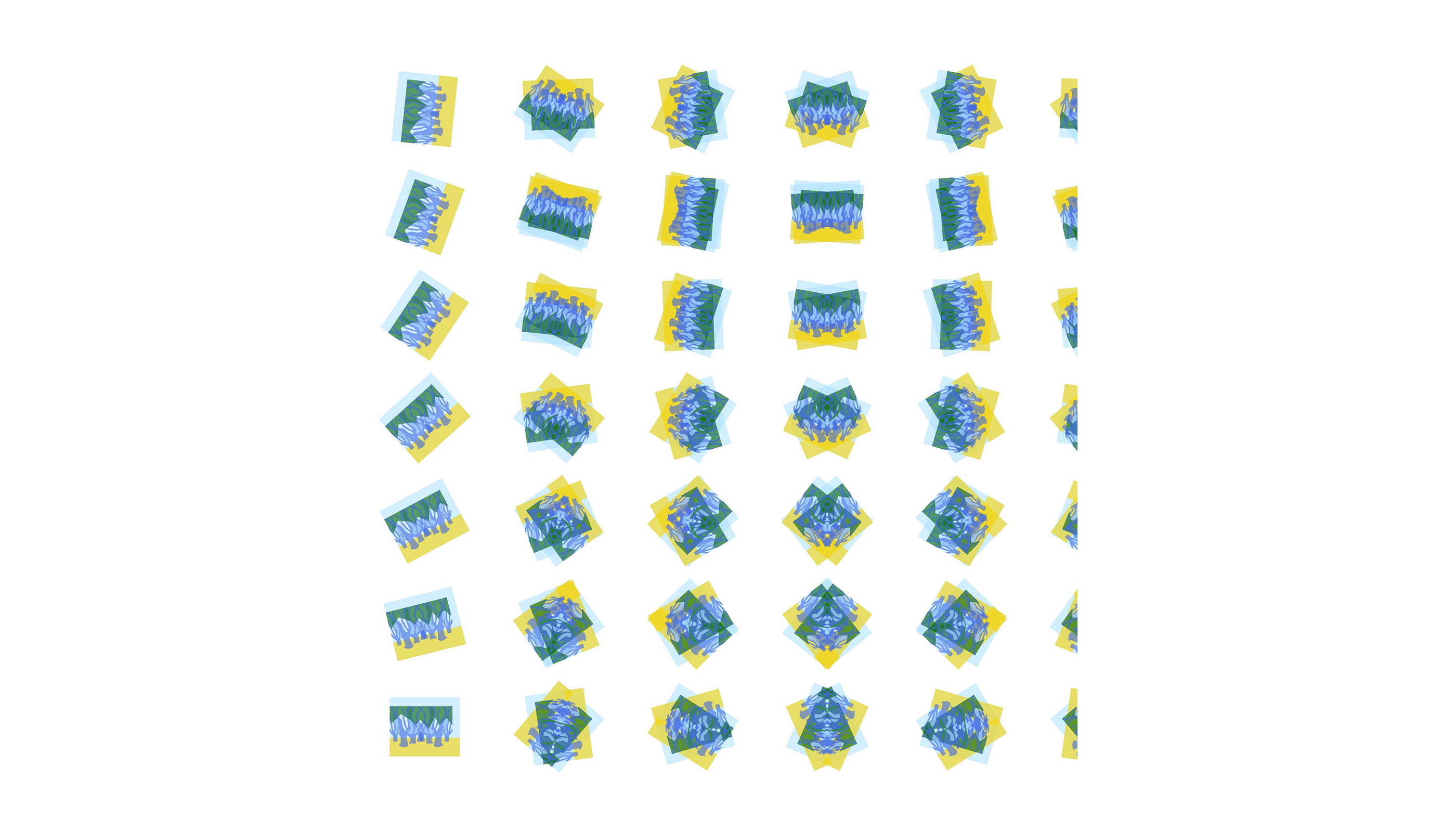
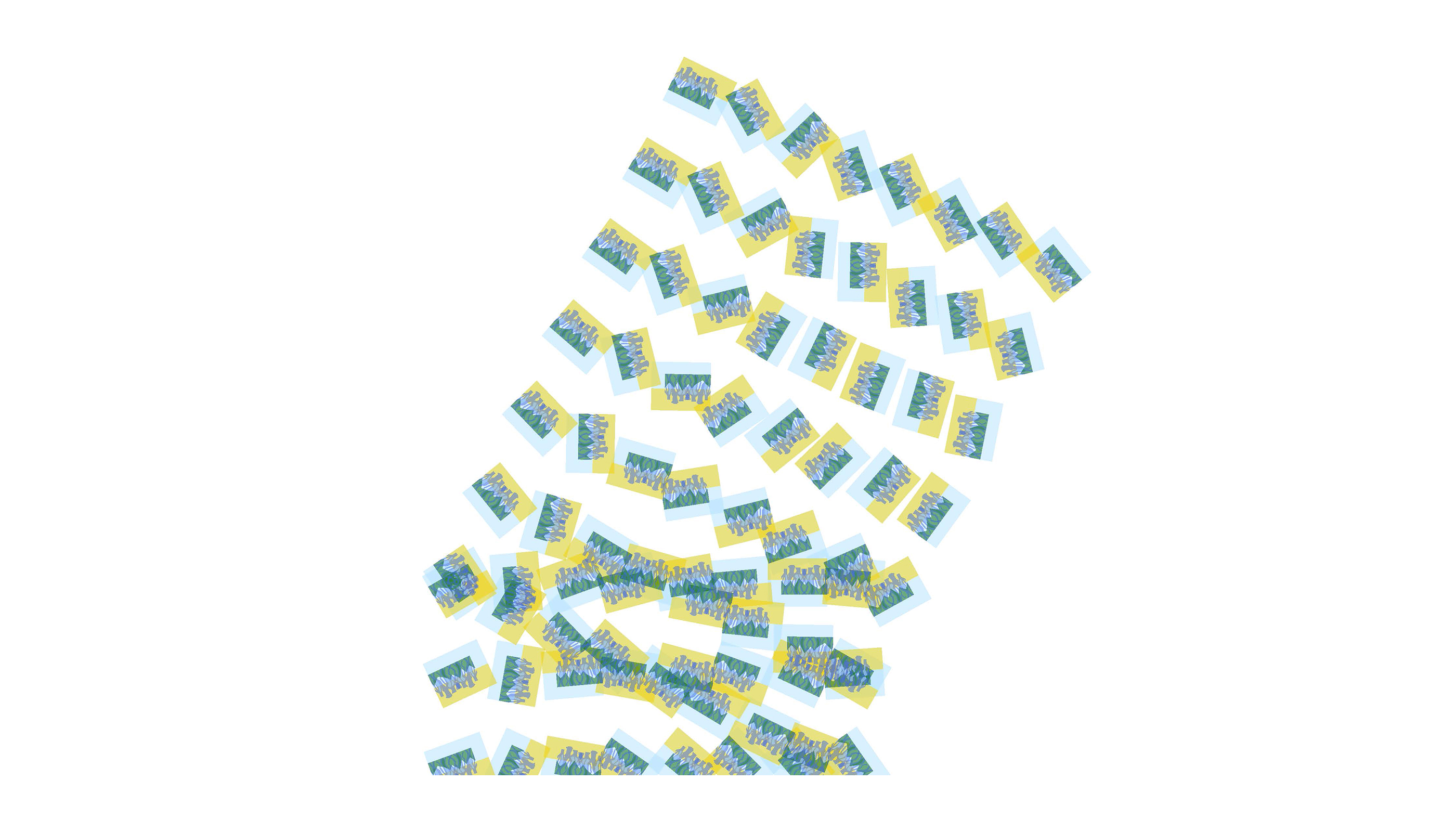
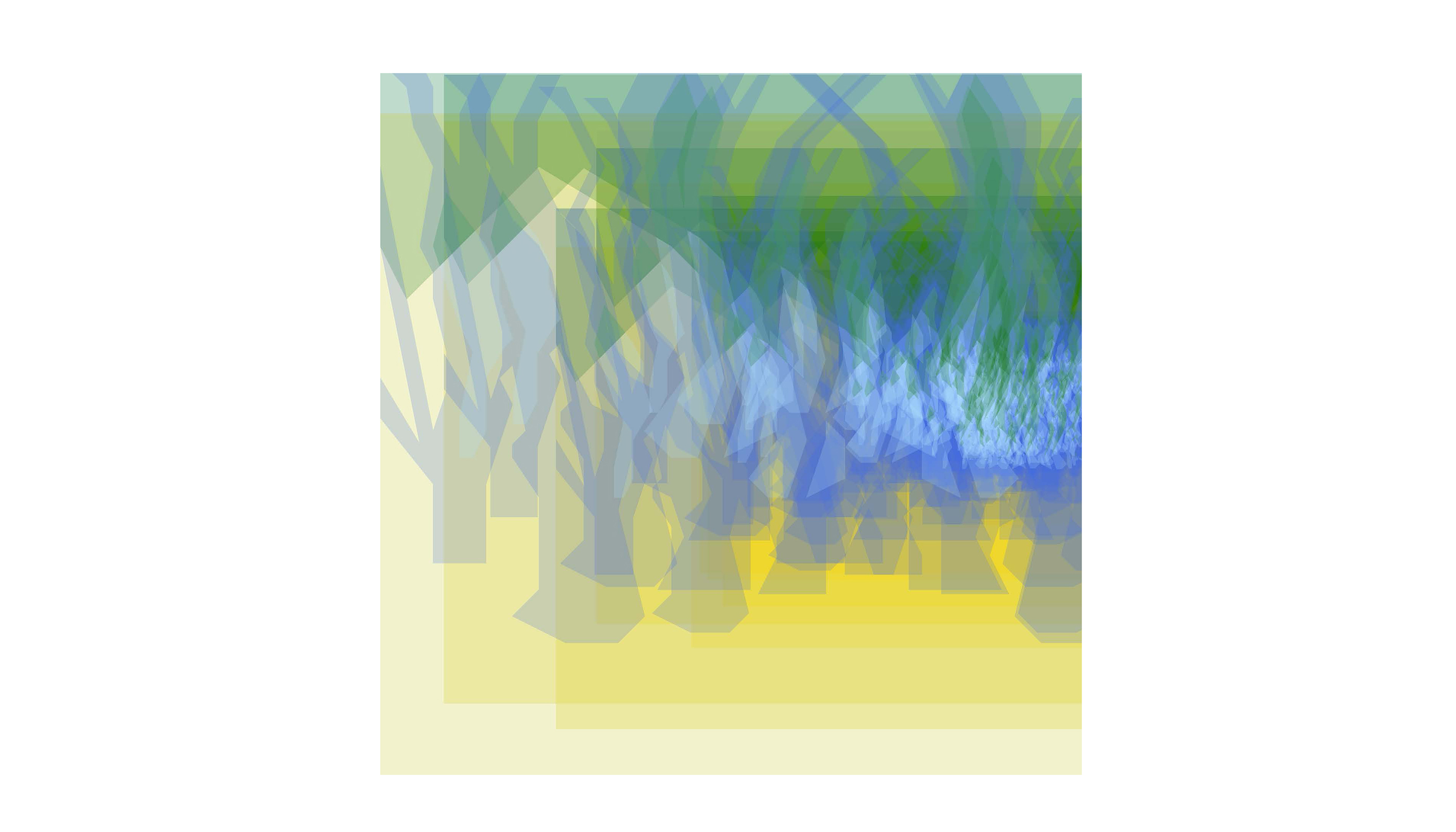


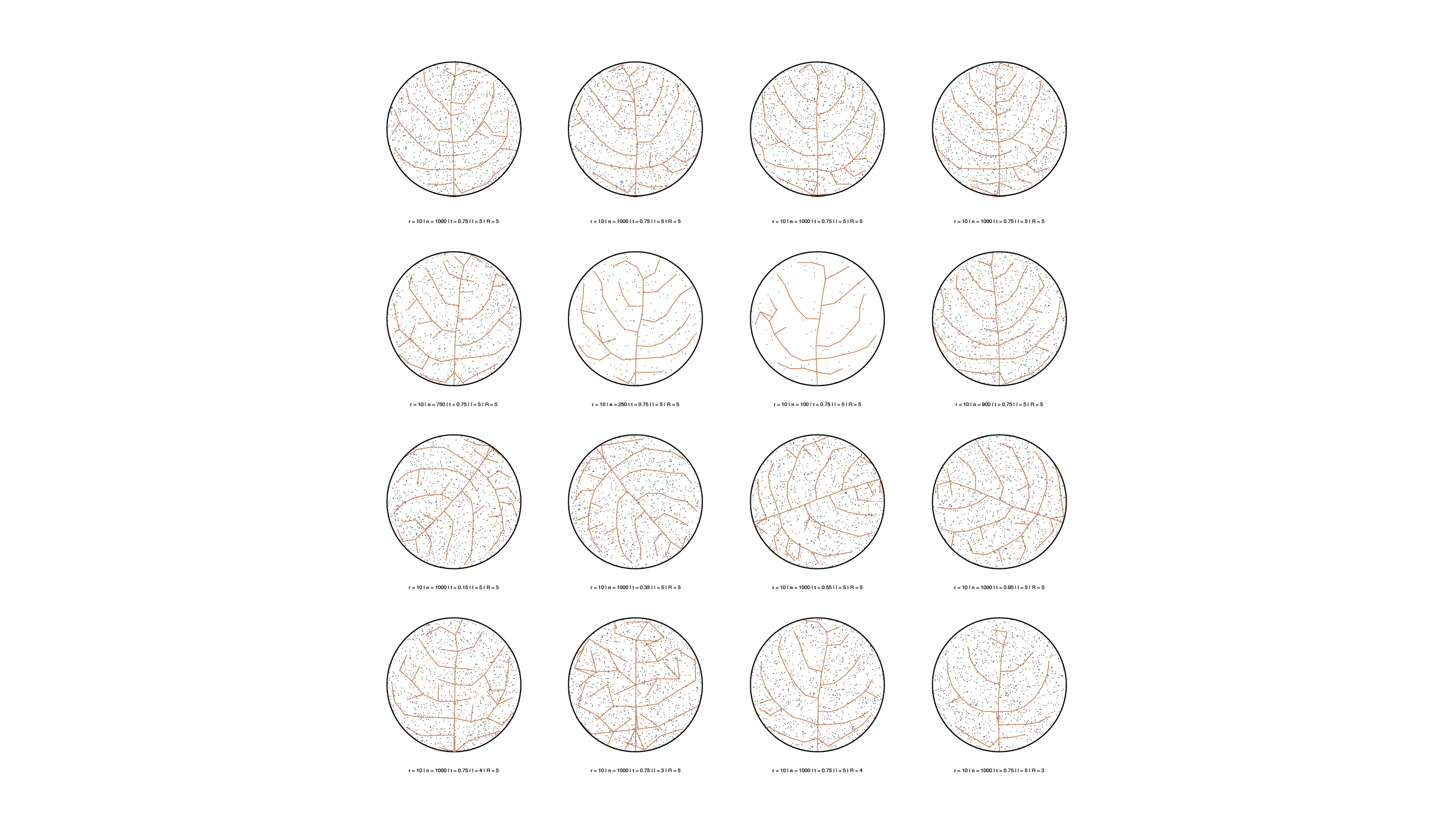

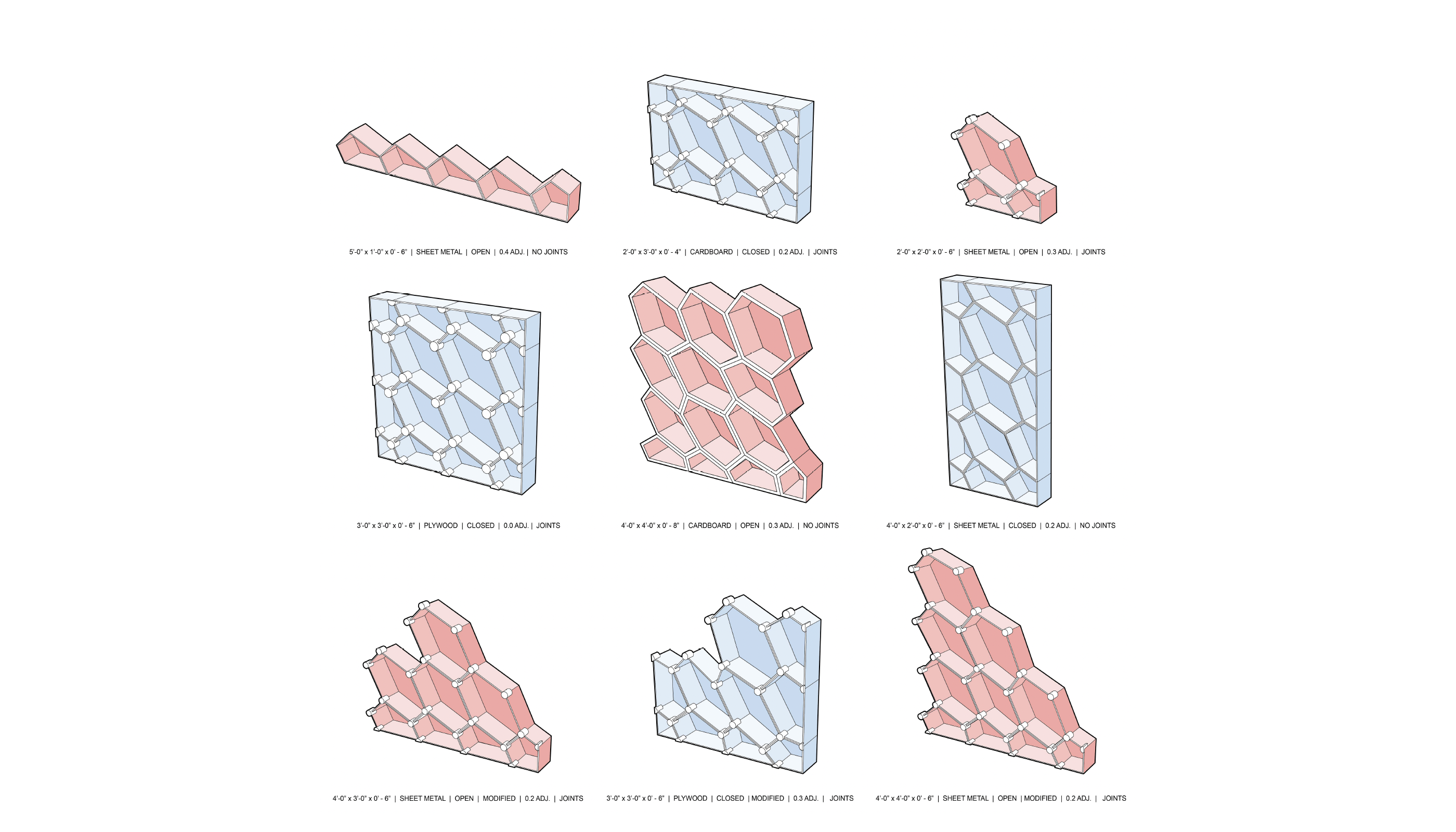
Programming
for Artists and Designers
aka
Design Scripting
[spring semester]
Pennsylvania State University
Stuckeman School
for Artists and Designers
aka
Design Scripting
[spring semester]
Pennsylvania State University
Stuckeman School
This course introduces fundamentals of computer programming in Python
Rhinoscript, which offers the advantage of using geometric and visual examples
to write programs that generate designs. The main objective is to learn and use
a programming language to explore the creative power of code as a medium.
Python’s readable syntax makes it ideal for beginners and adaptable for those
interested in developing coding skills in other programming languages. The basic constructs of programming are taught to develop scripts for
design iteration, generation, analysis and evolution. In parallel, the course
will present various paradigms for computation in design including parametric
design, procedural modeling, and rule-based design. The practical part of the course includes a series of biweekly exercises,
as well as a project to create a tool to solve a design problem. The project
may address different scales, including art, architecture, engineering,
landscape, product, or graphic design.